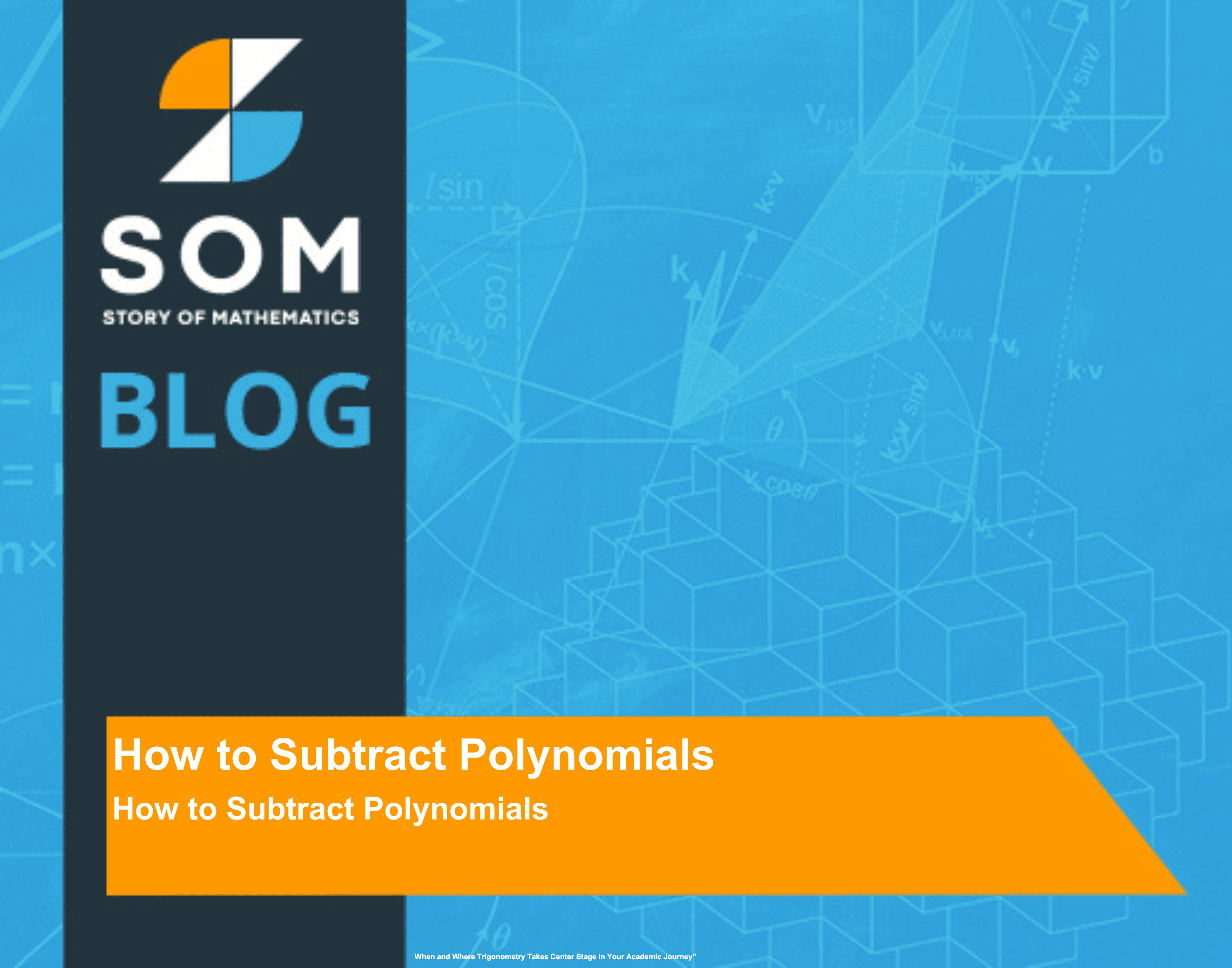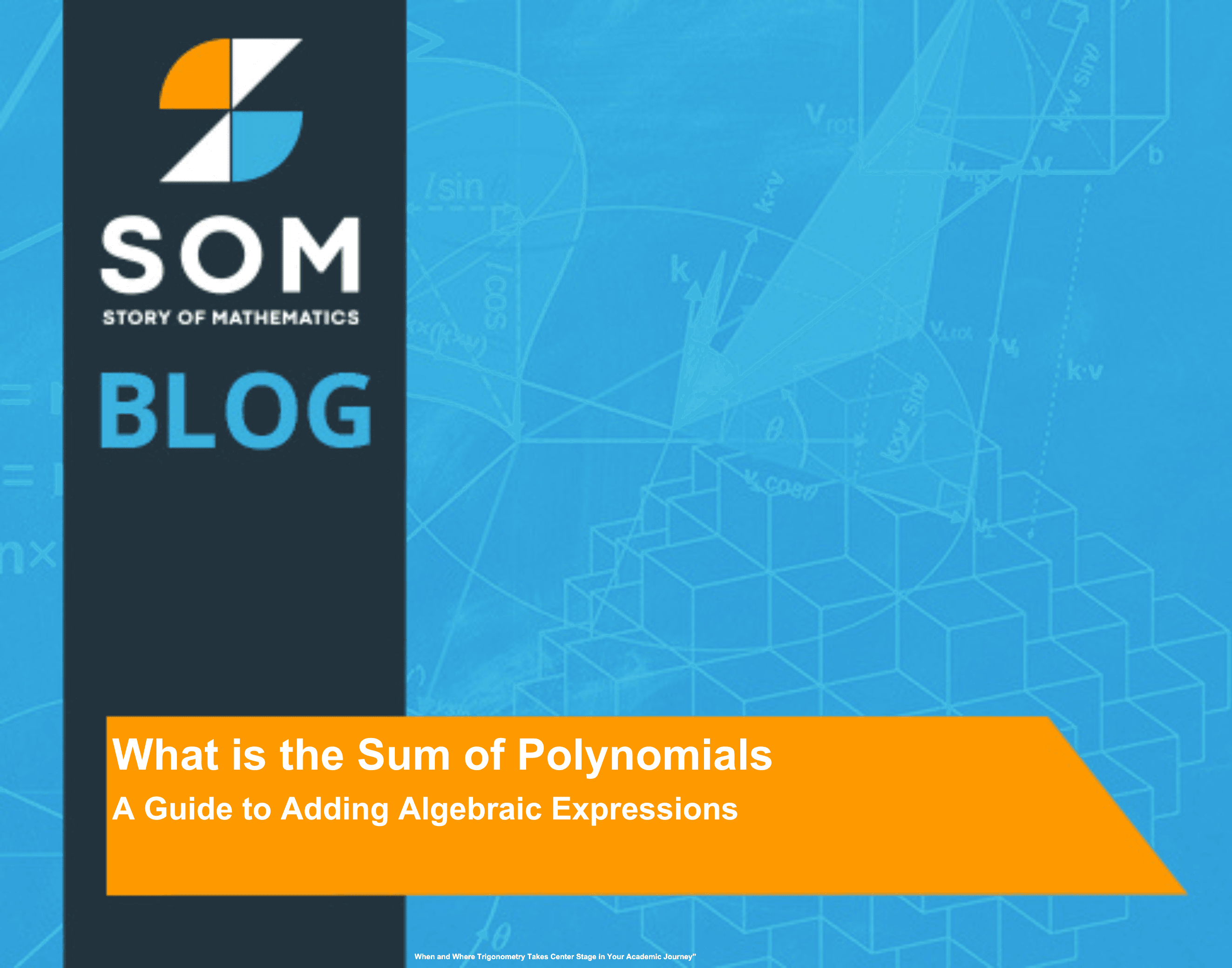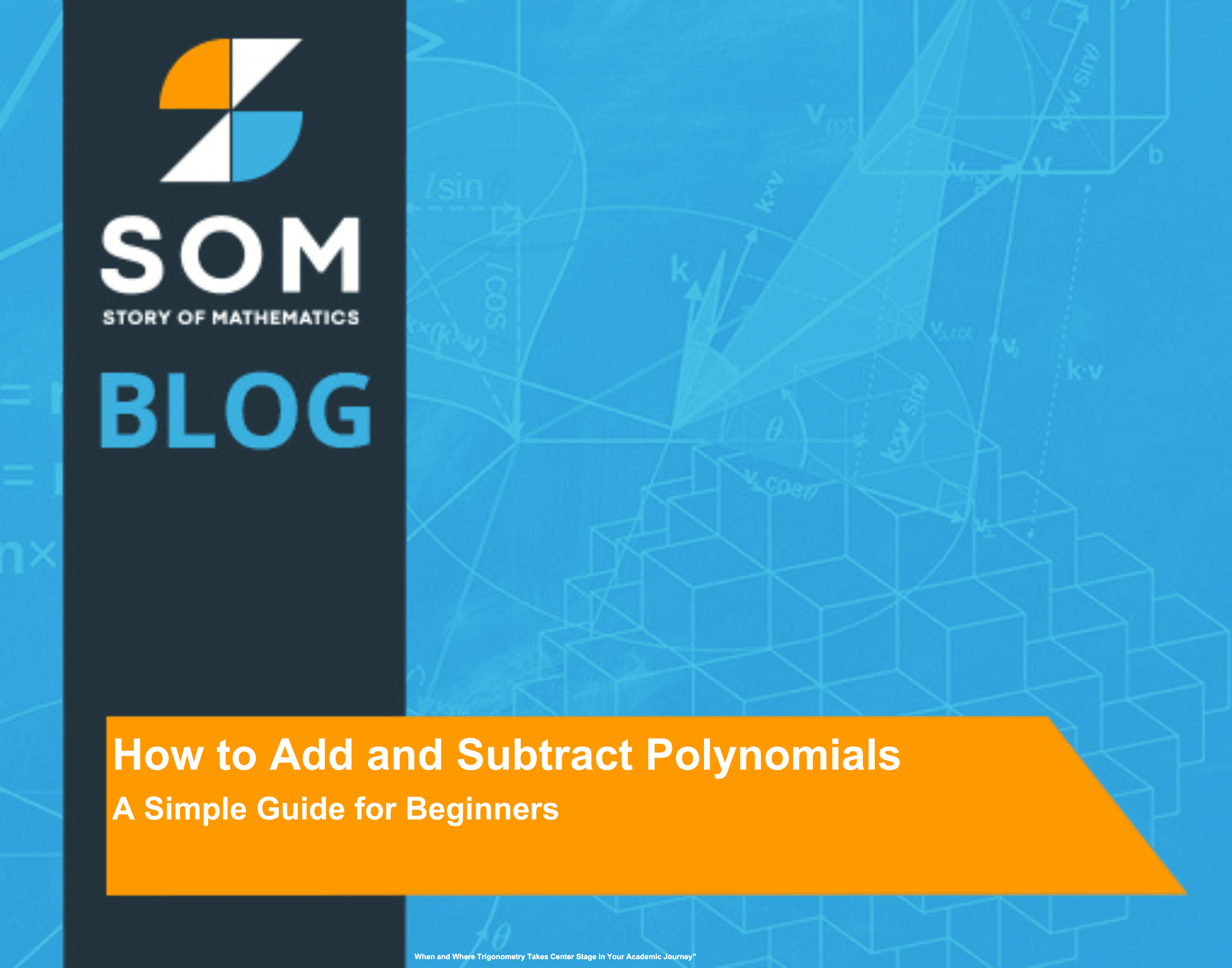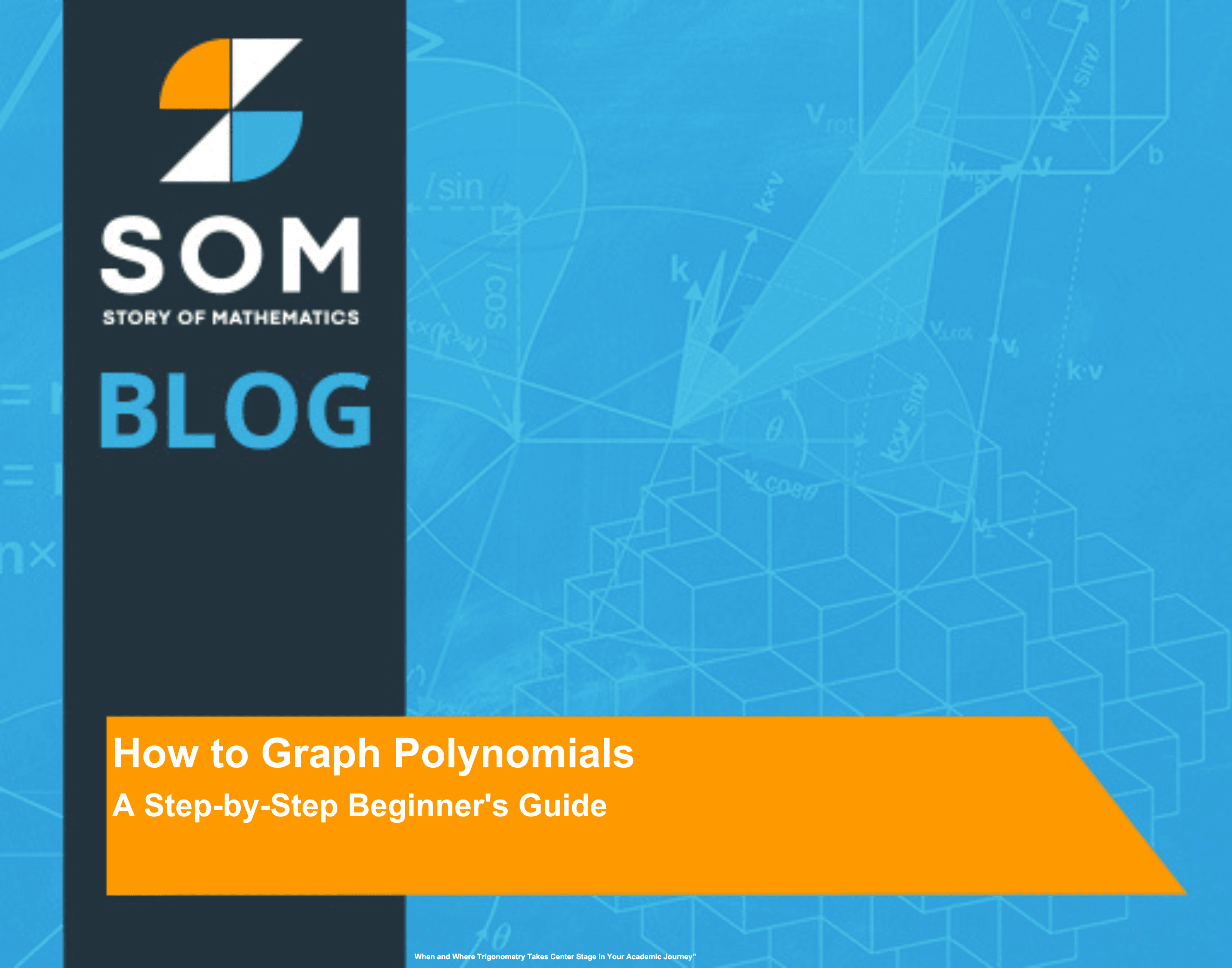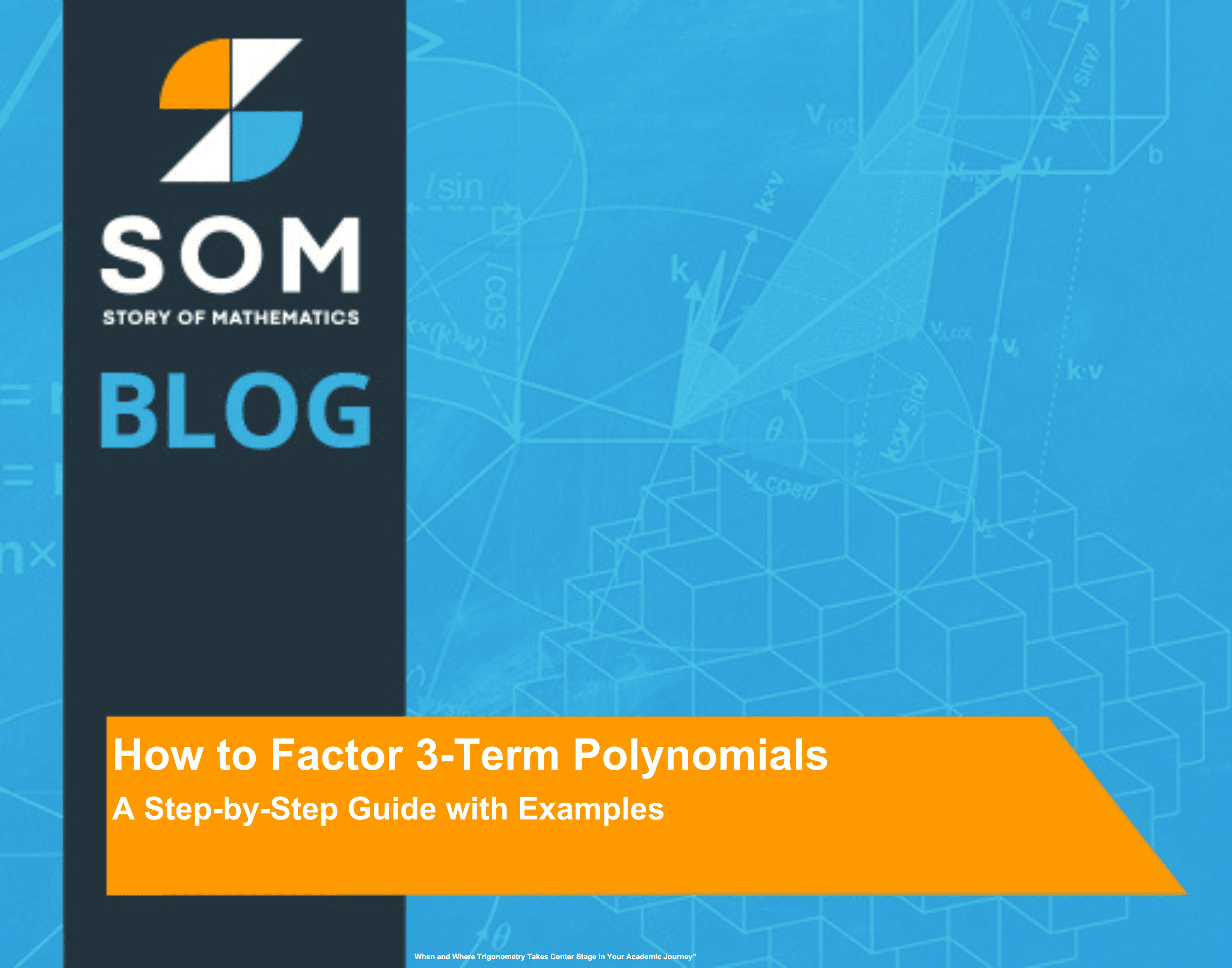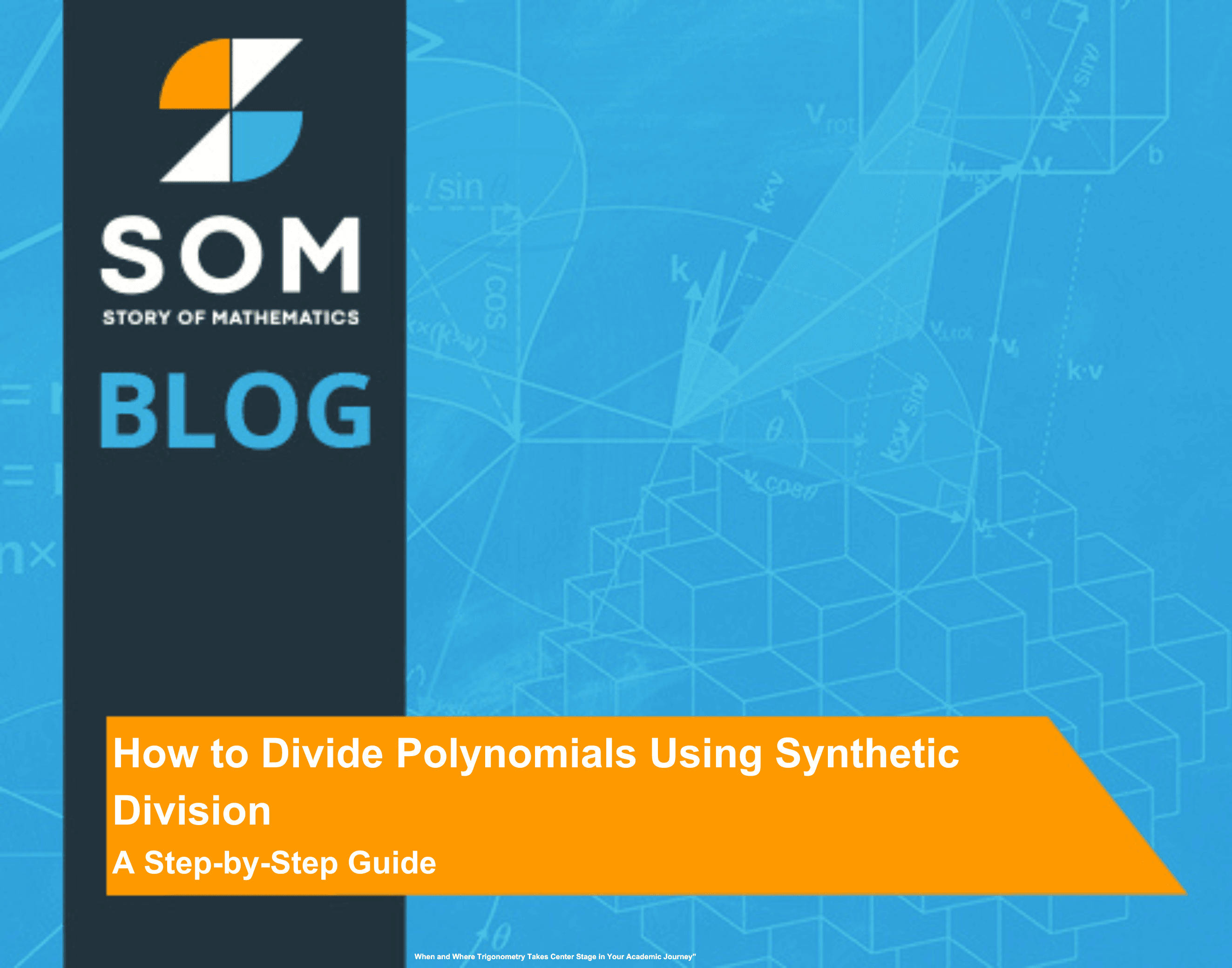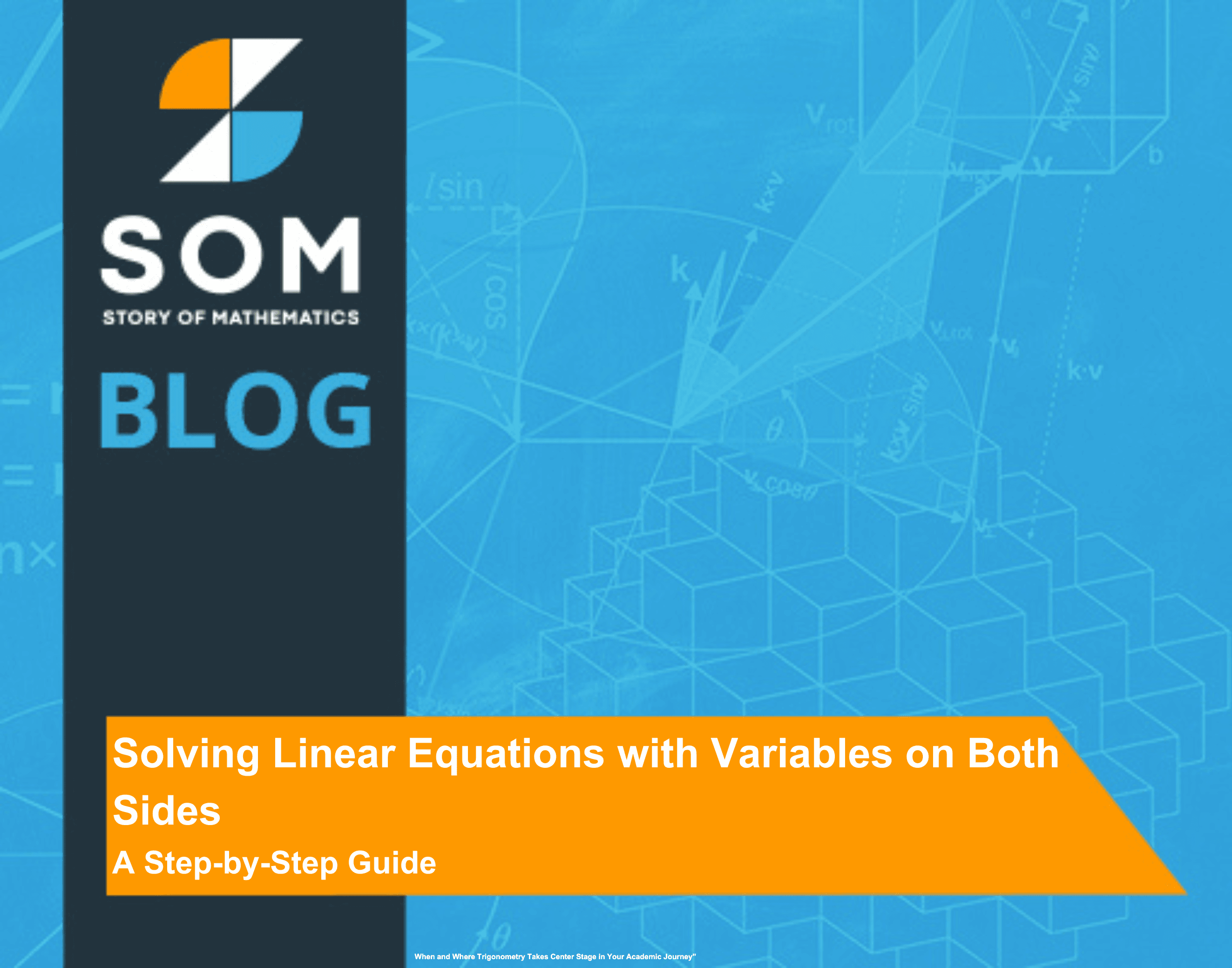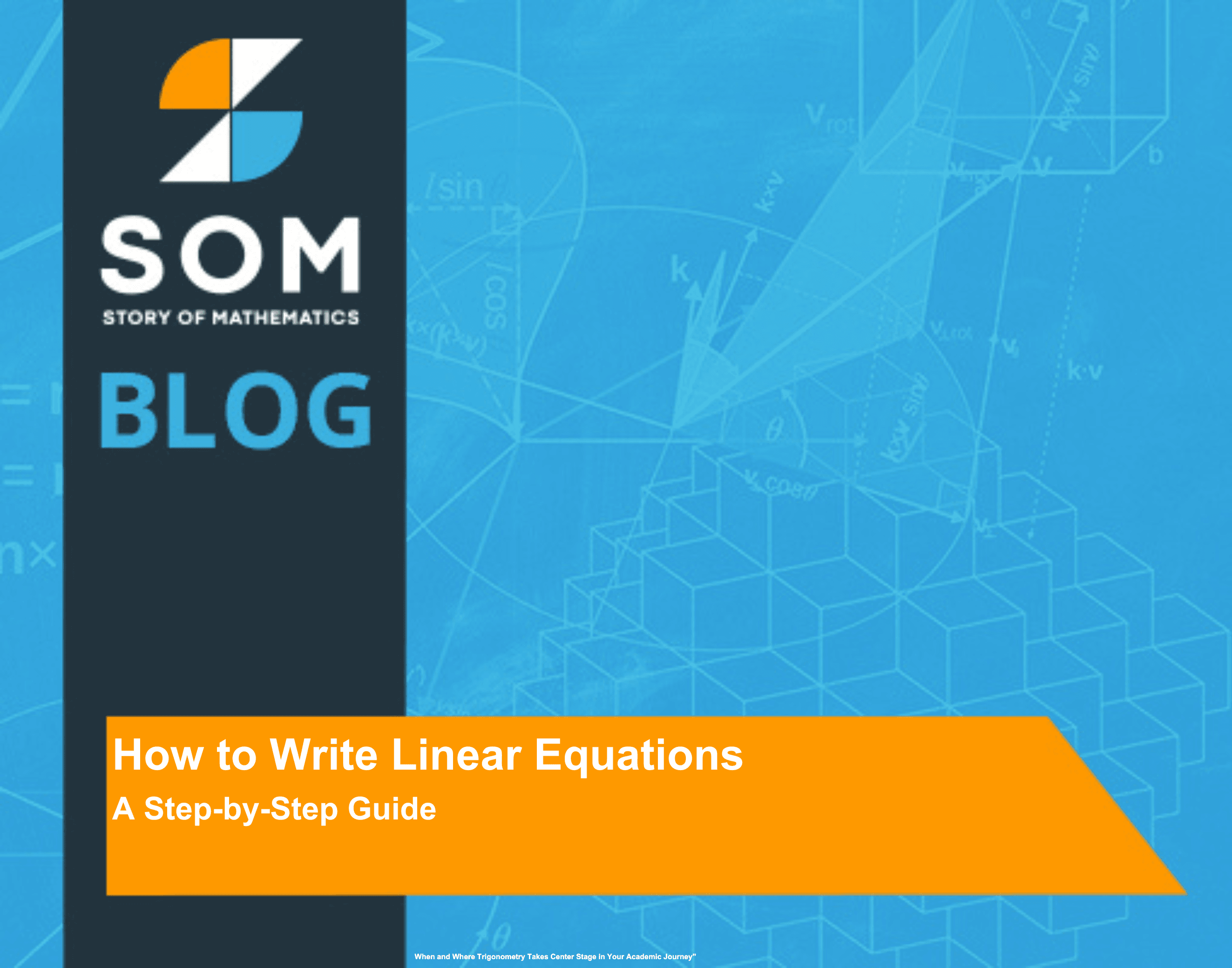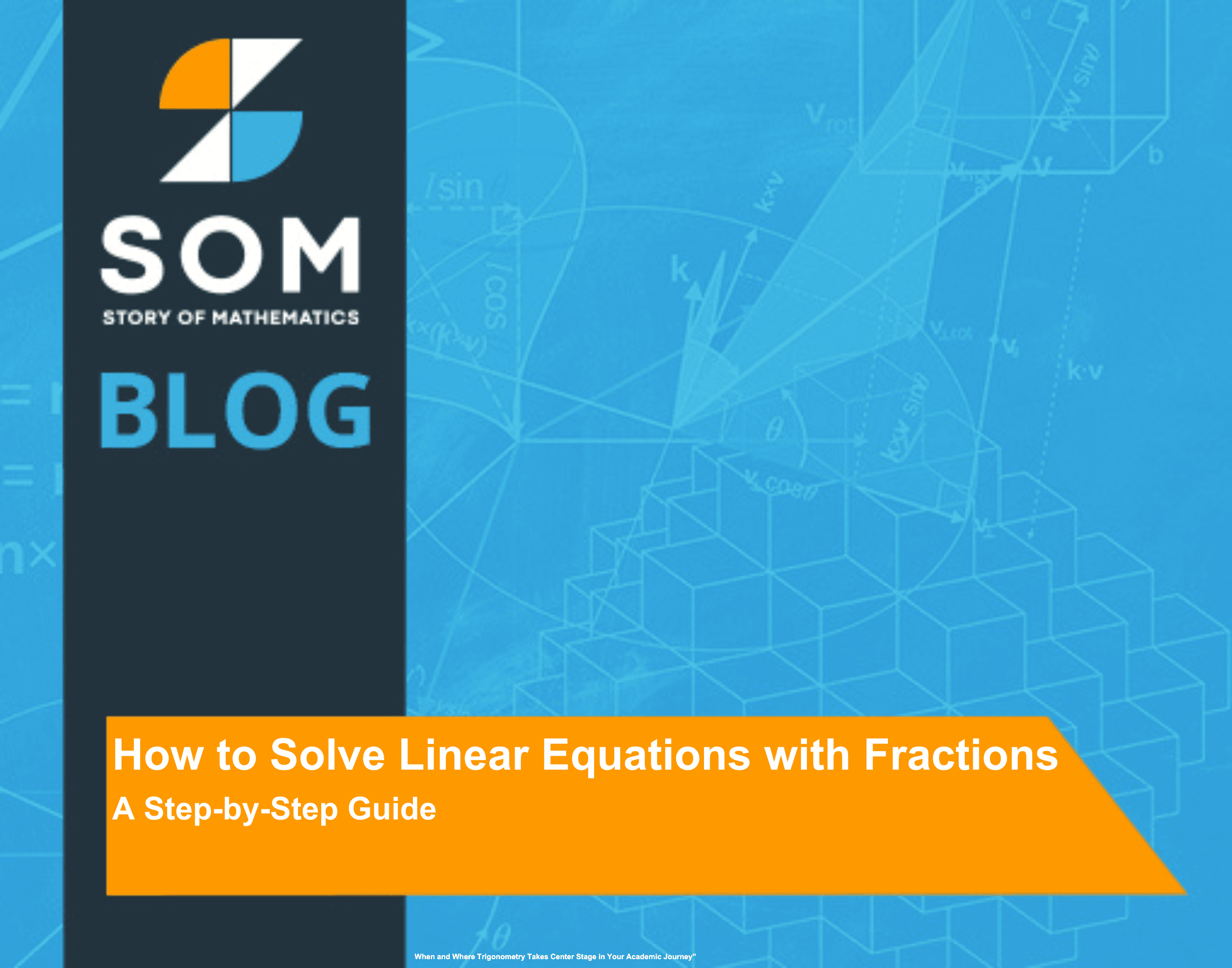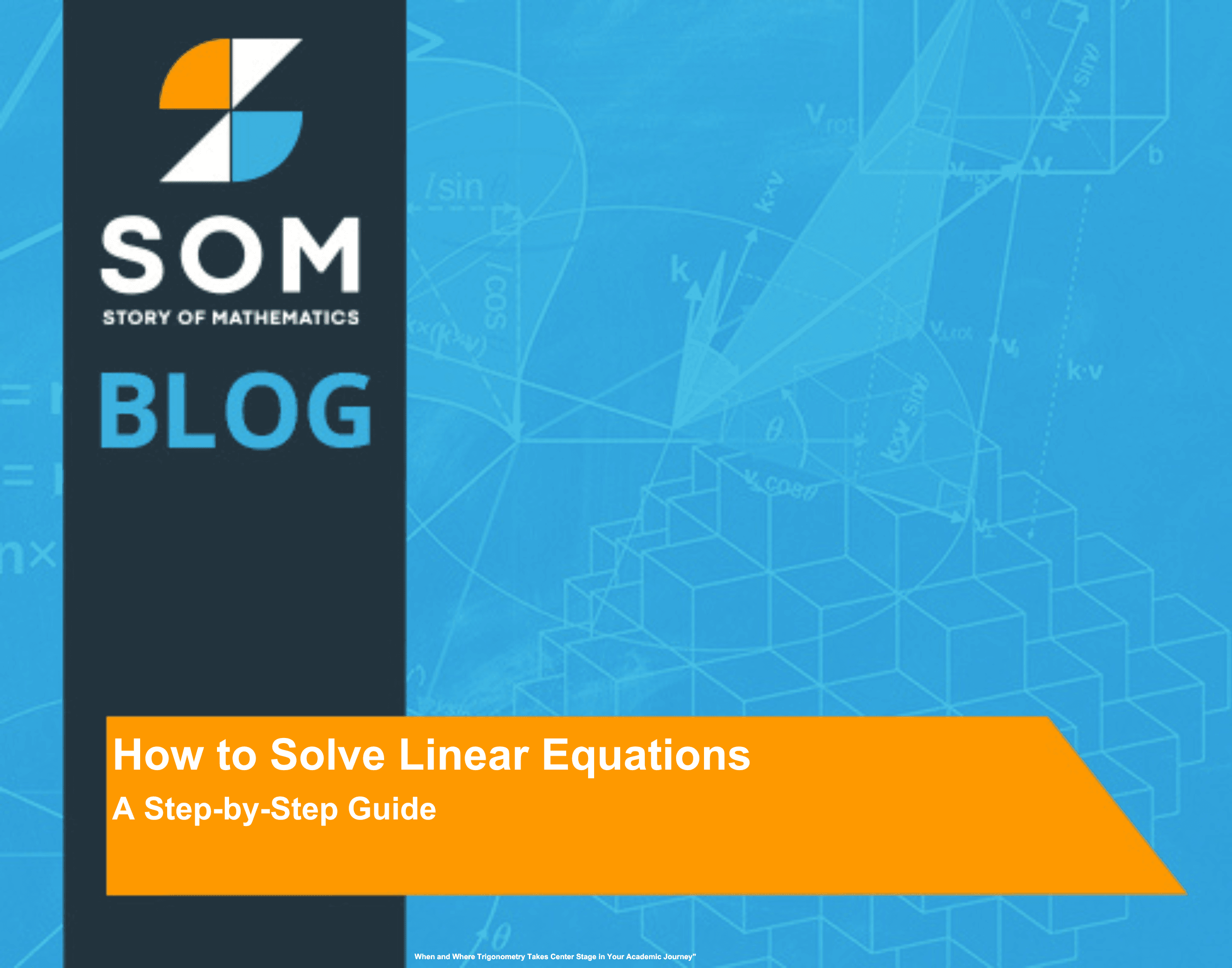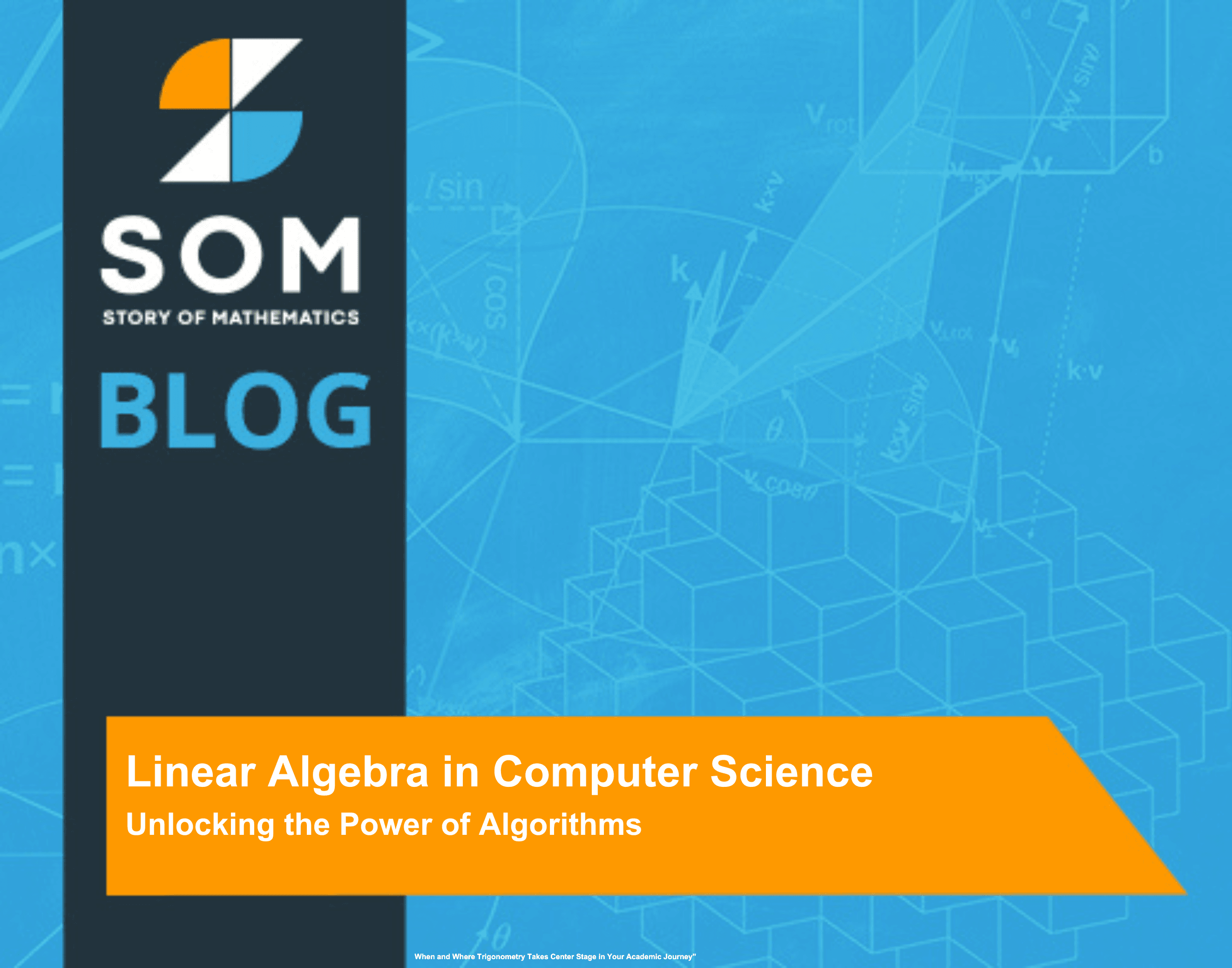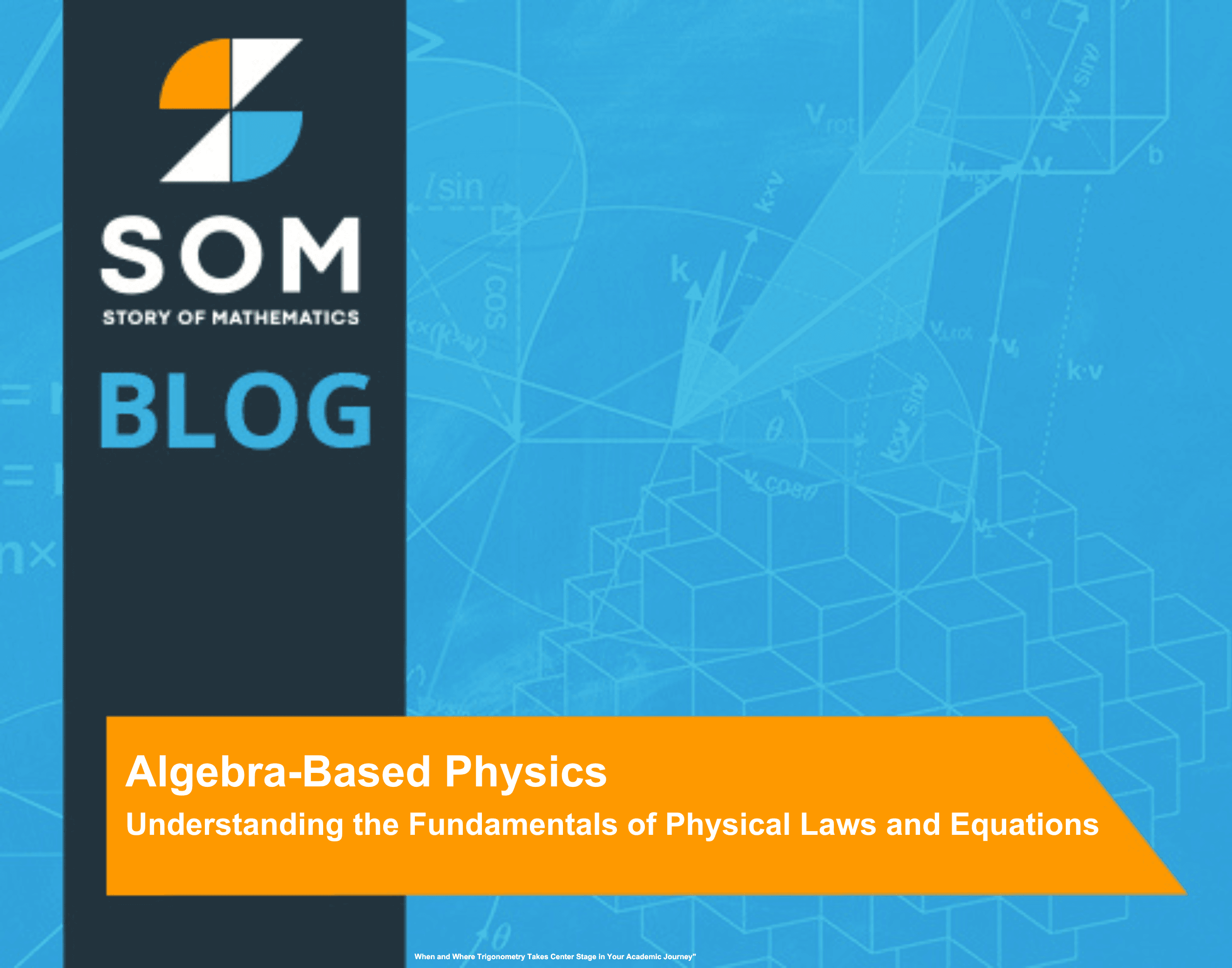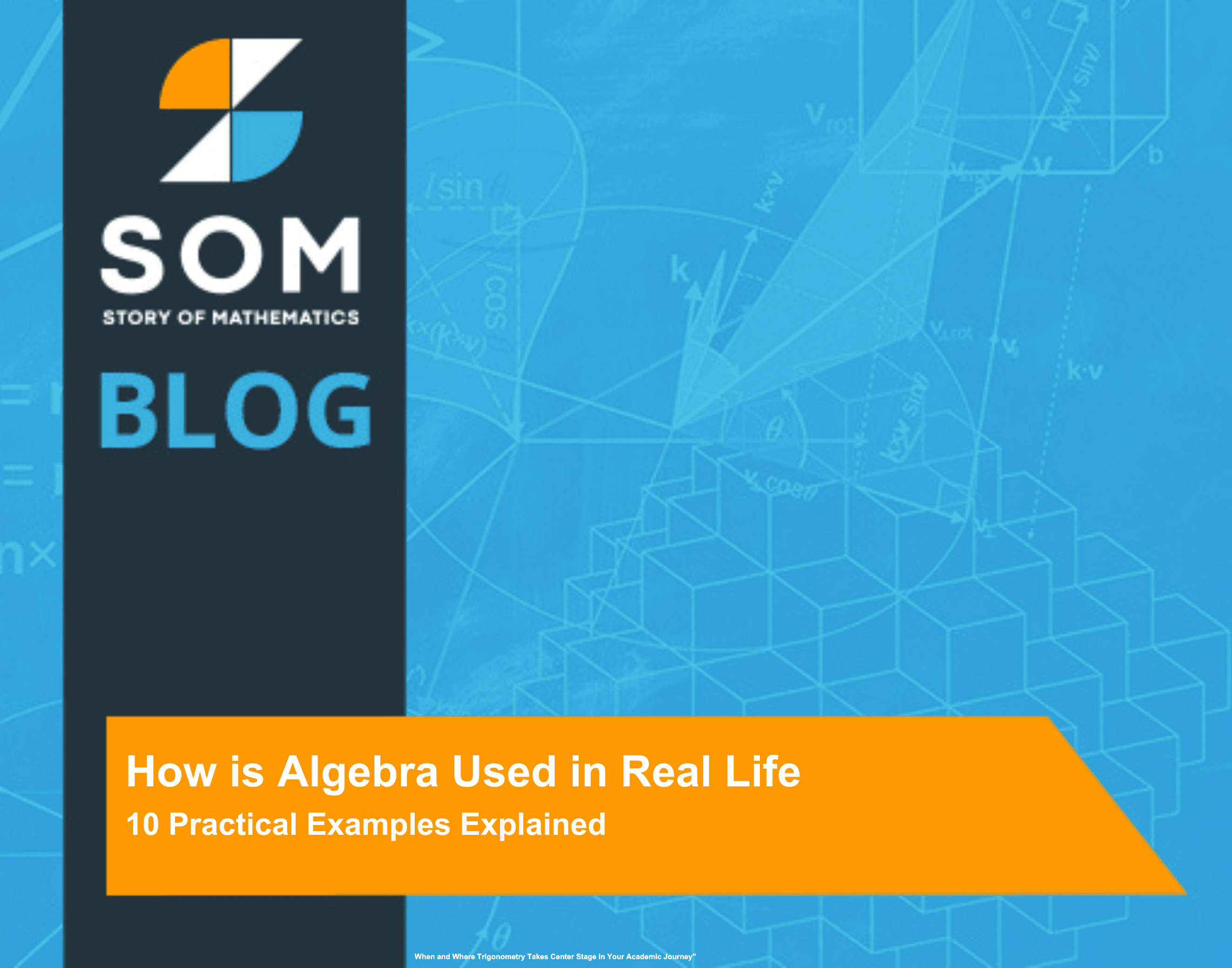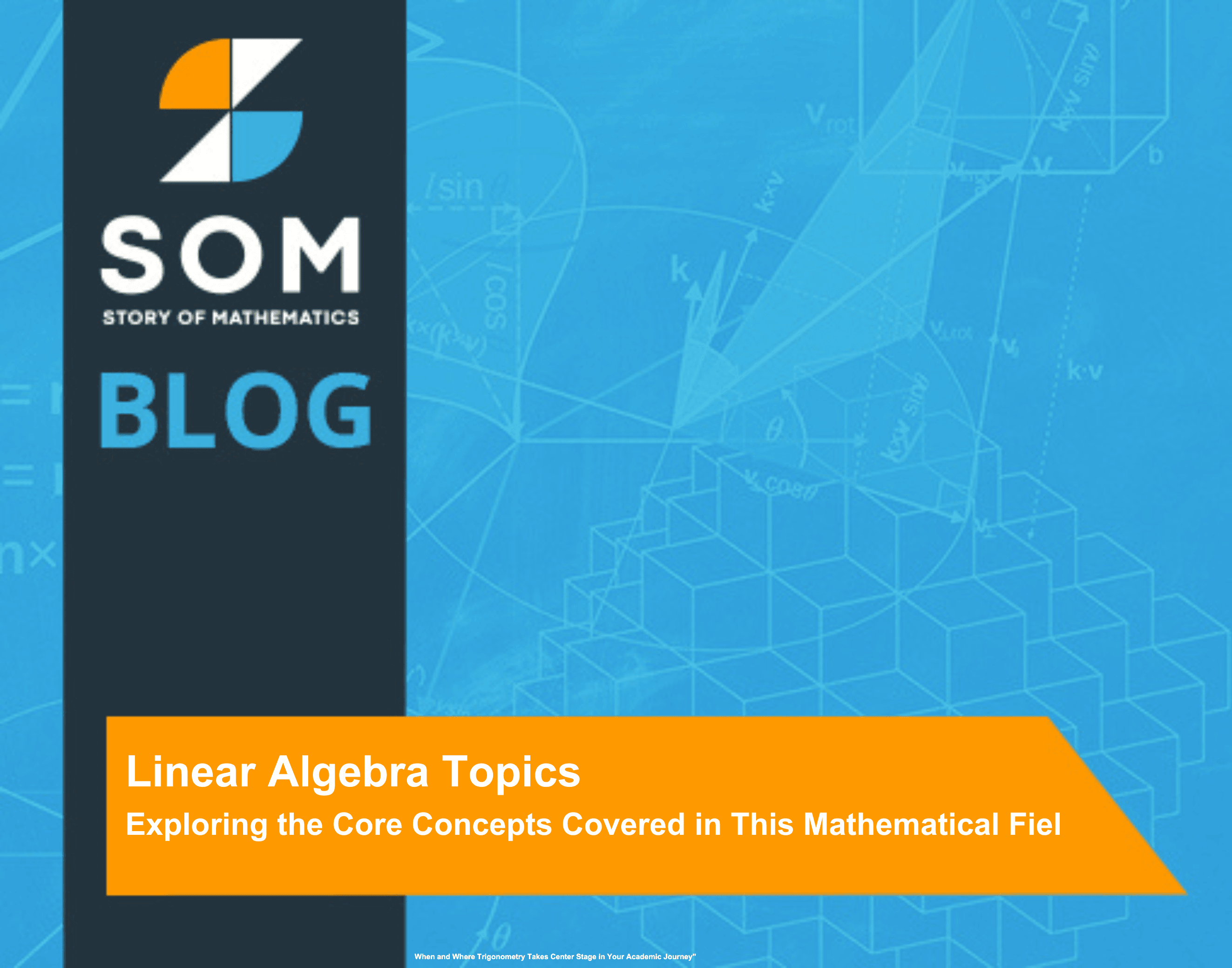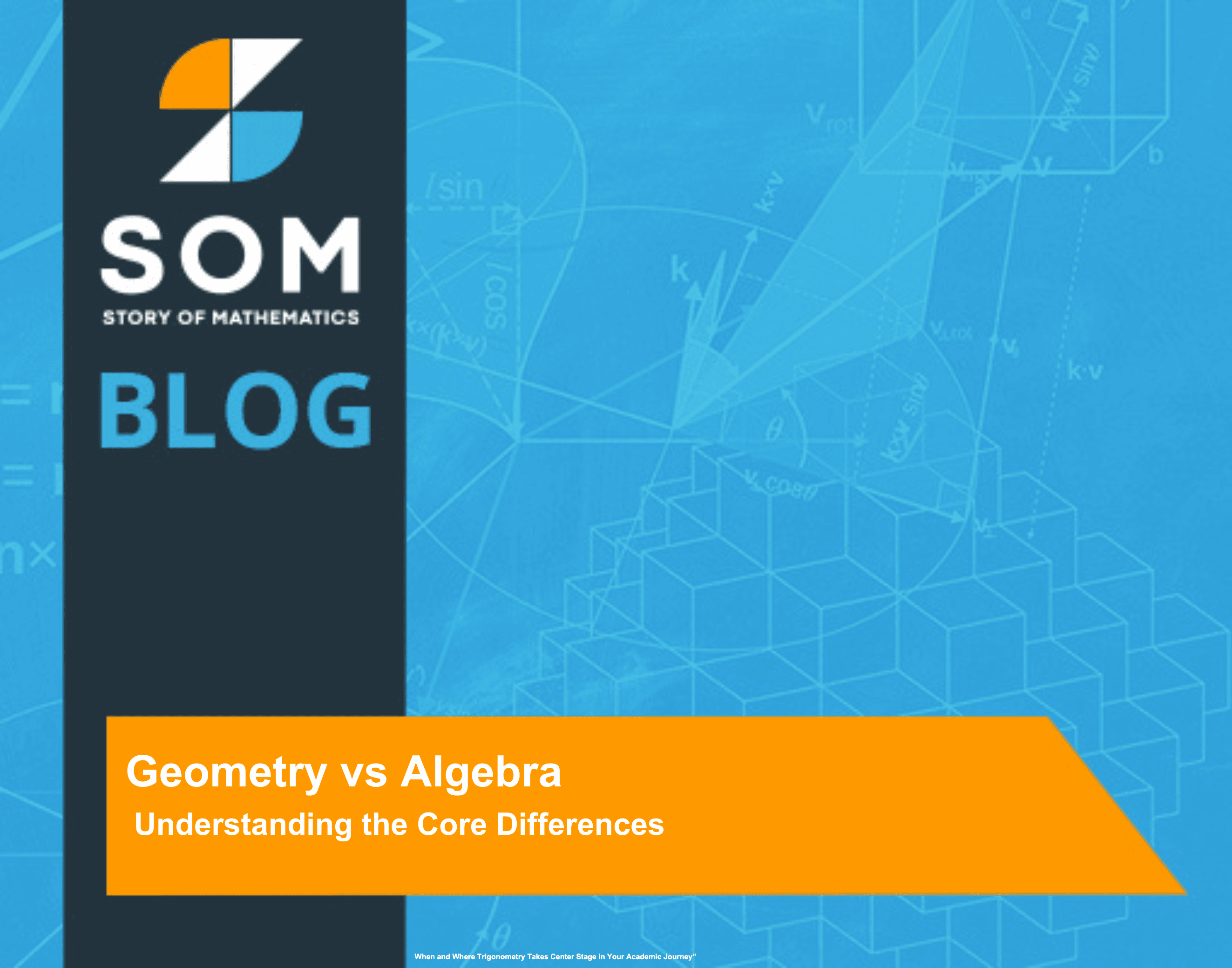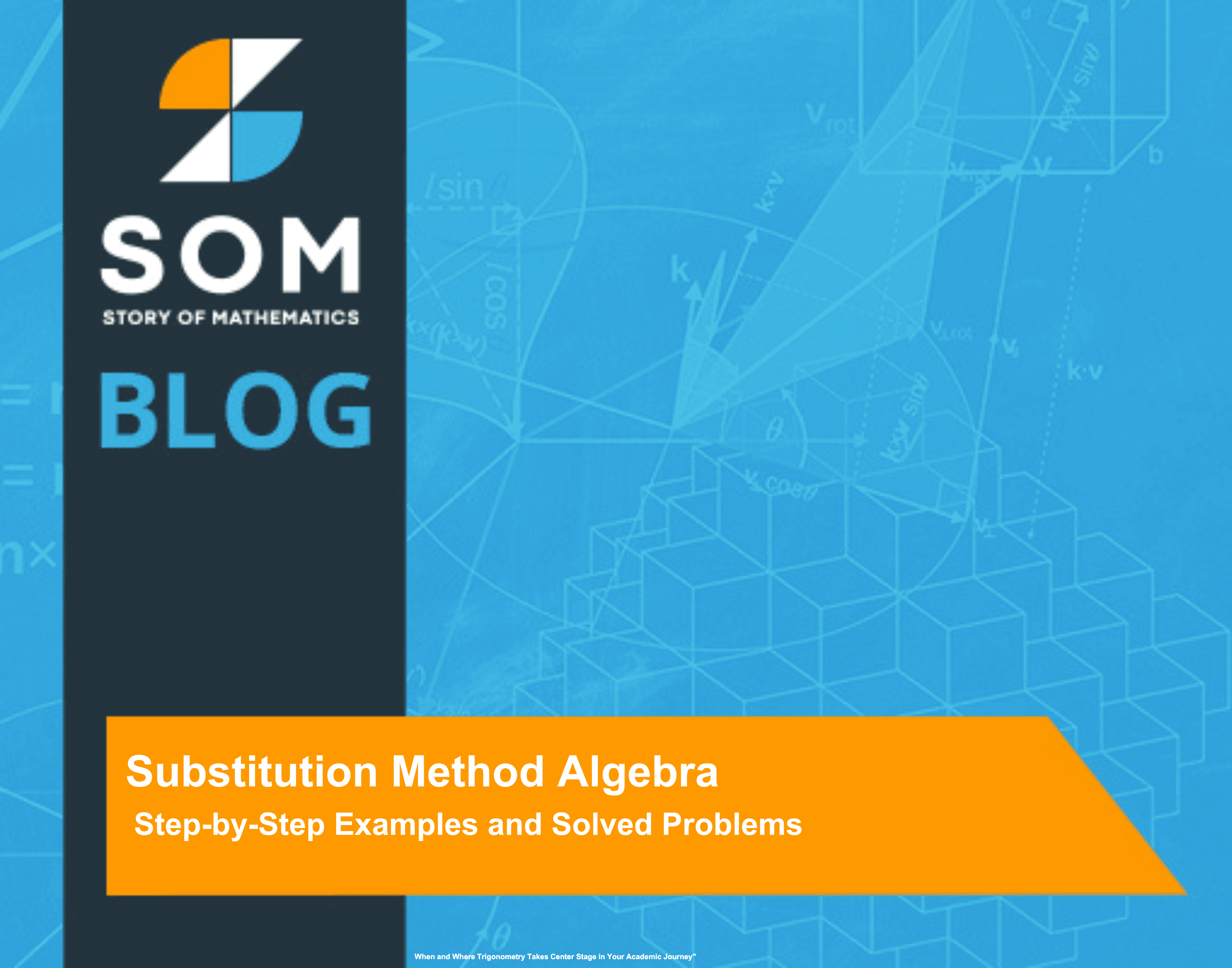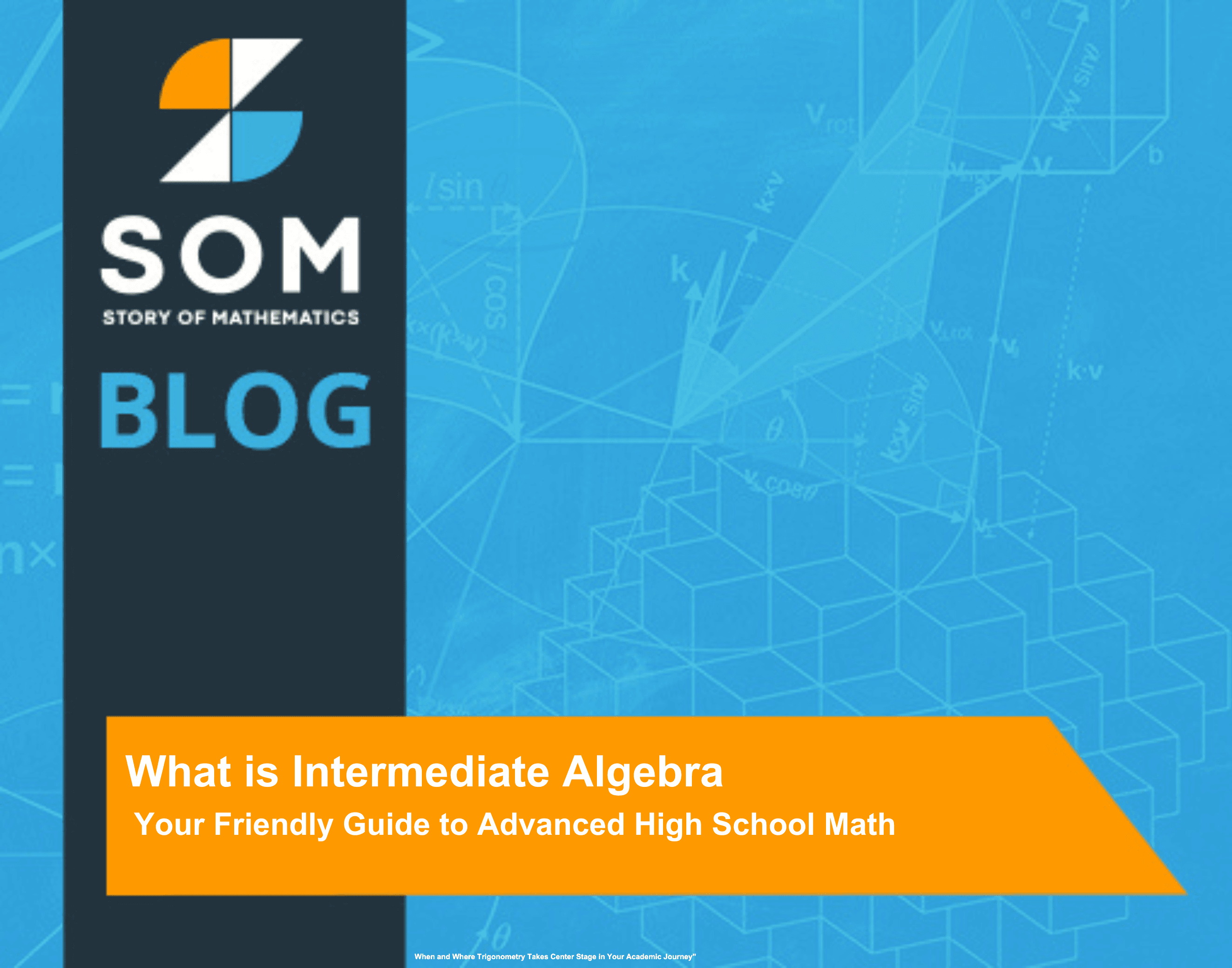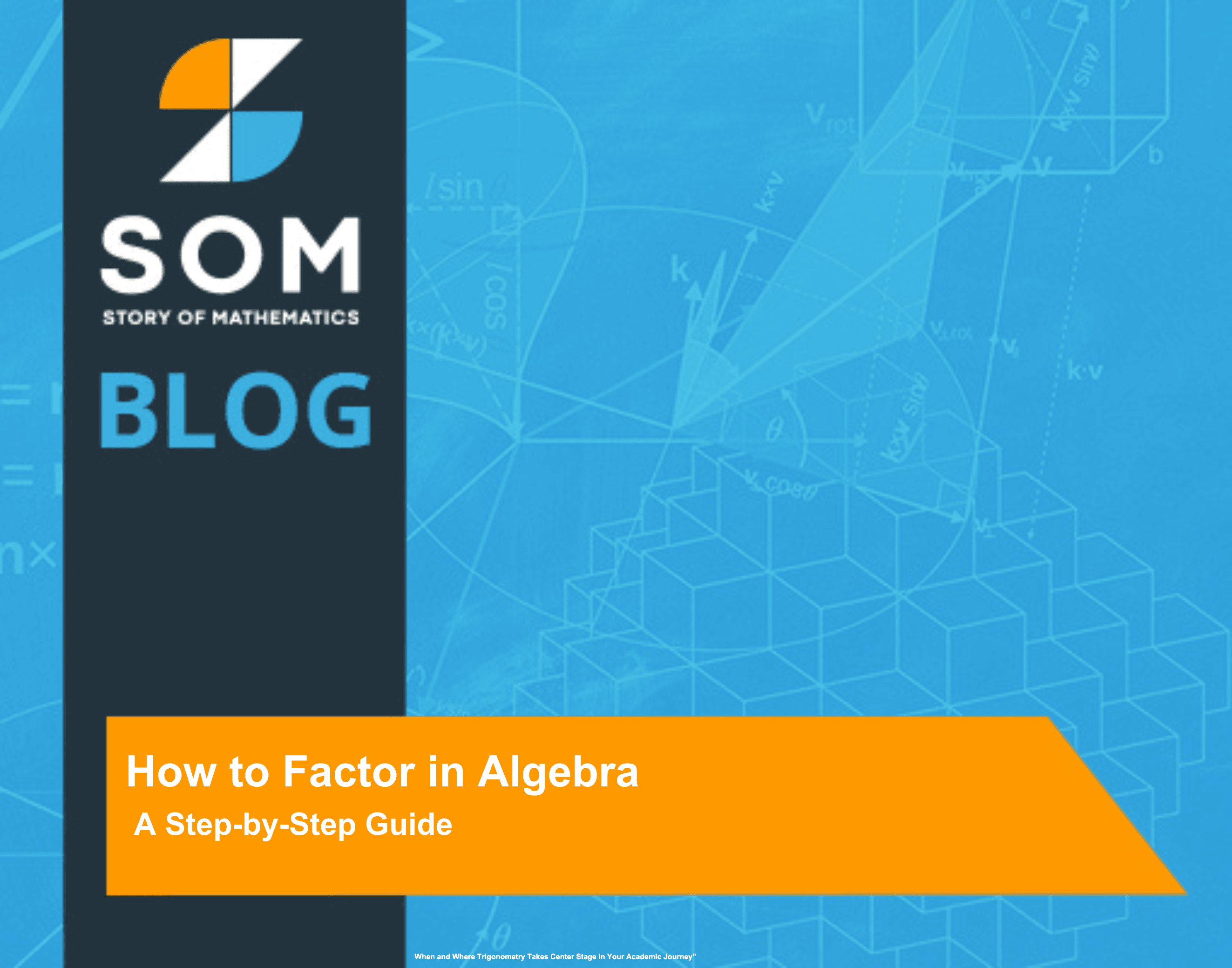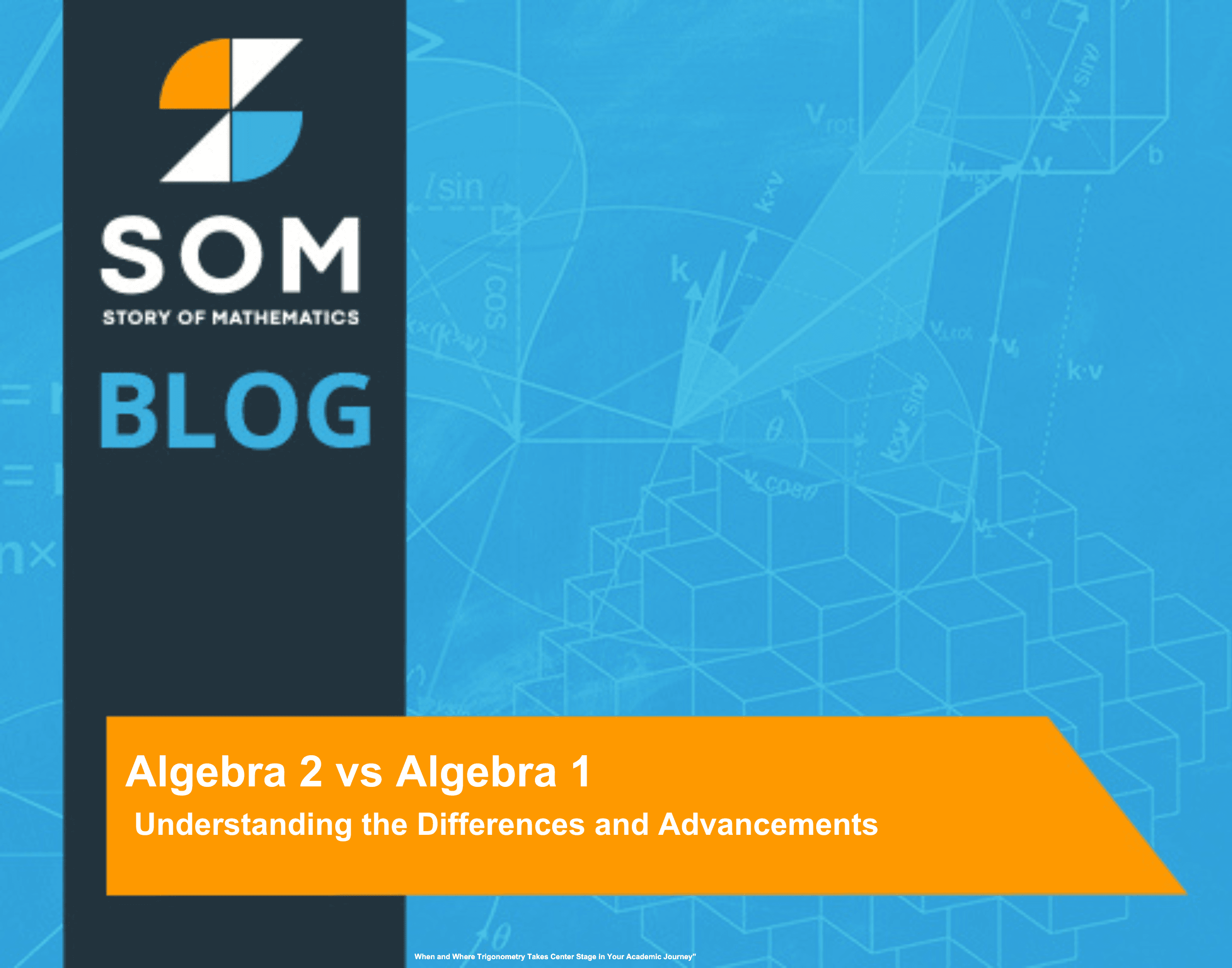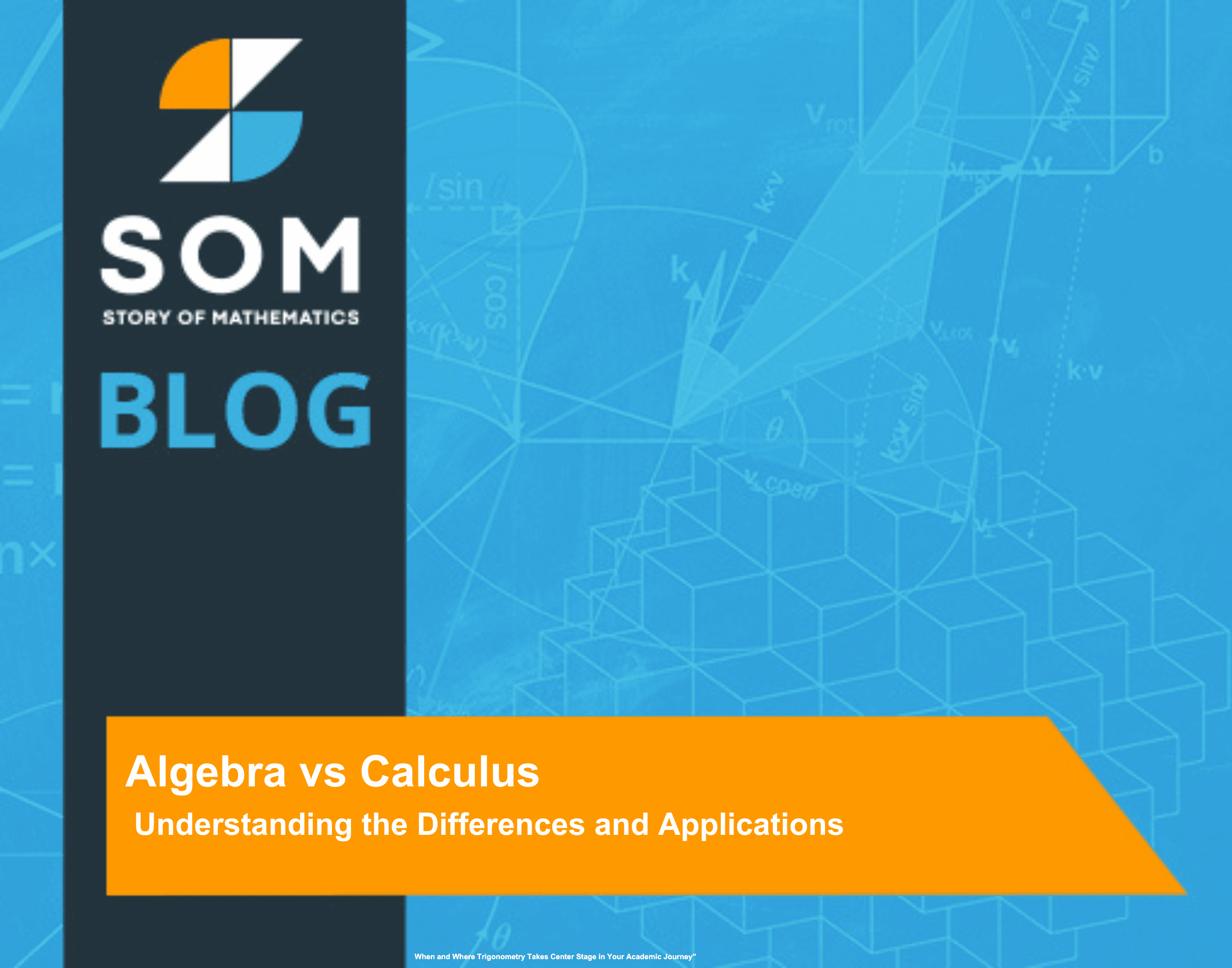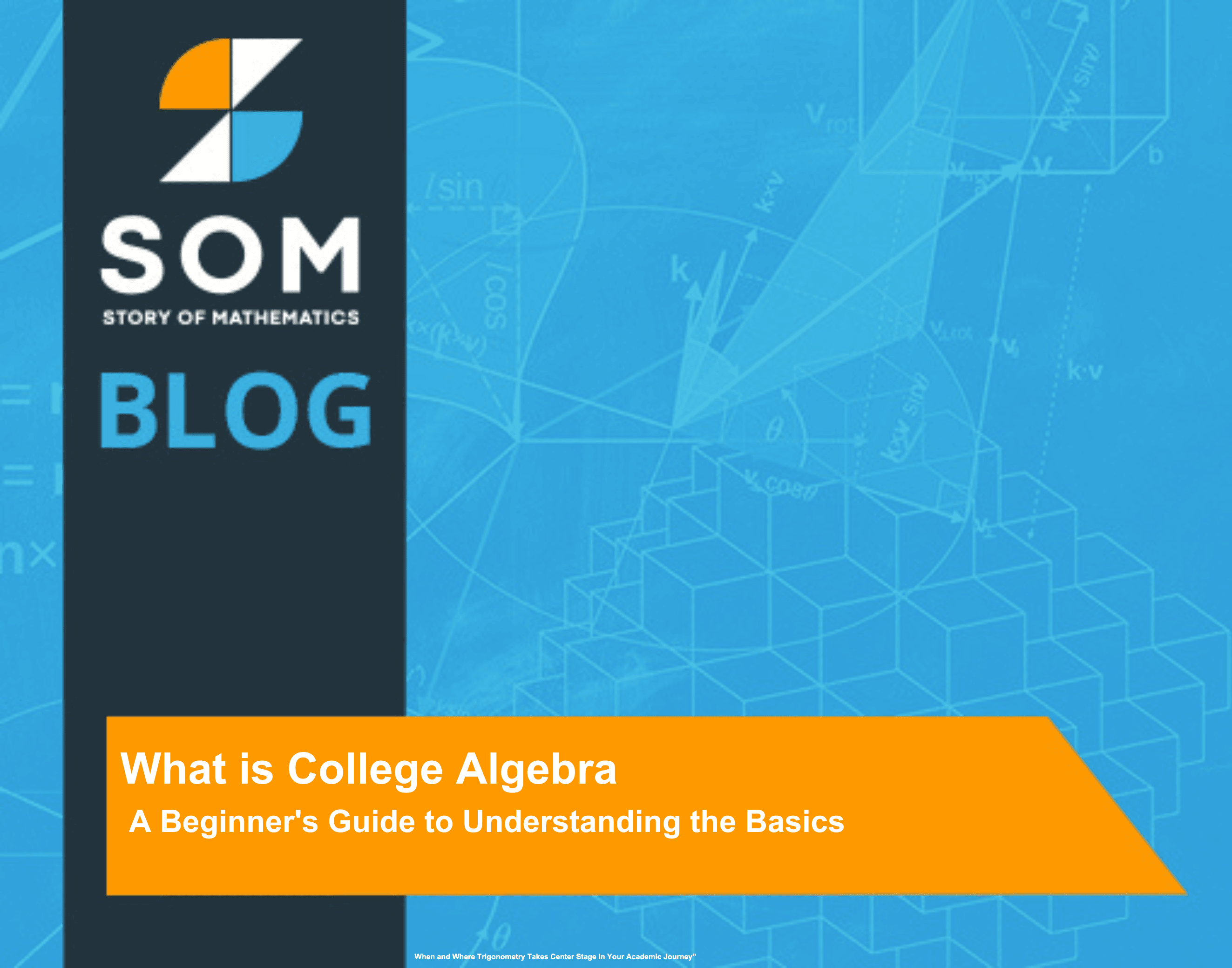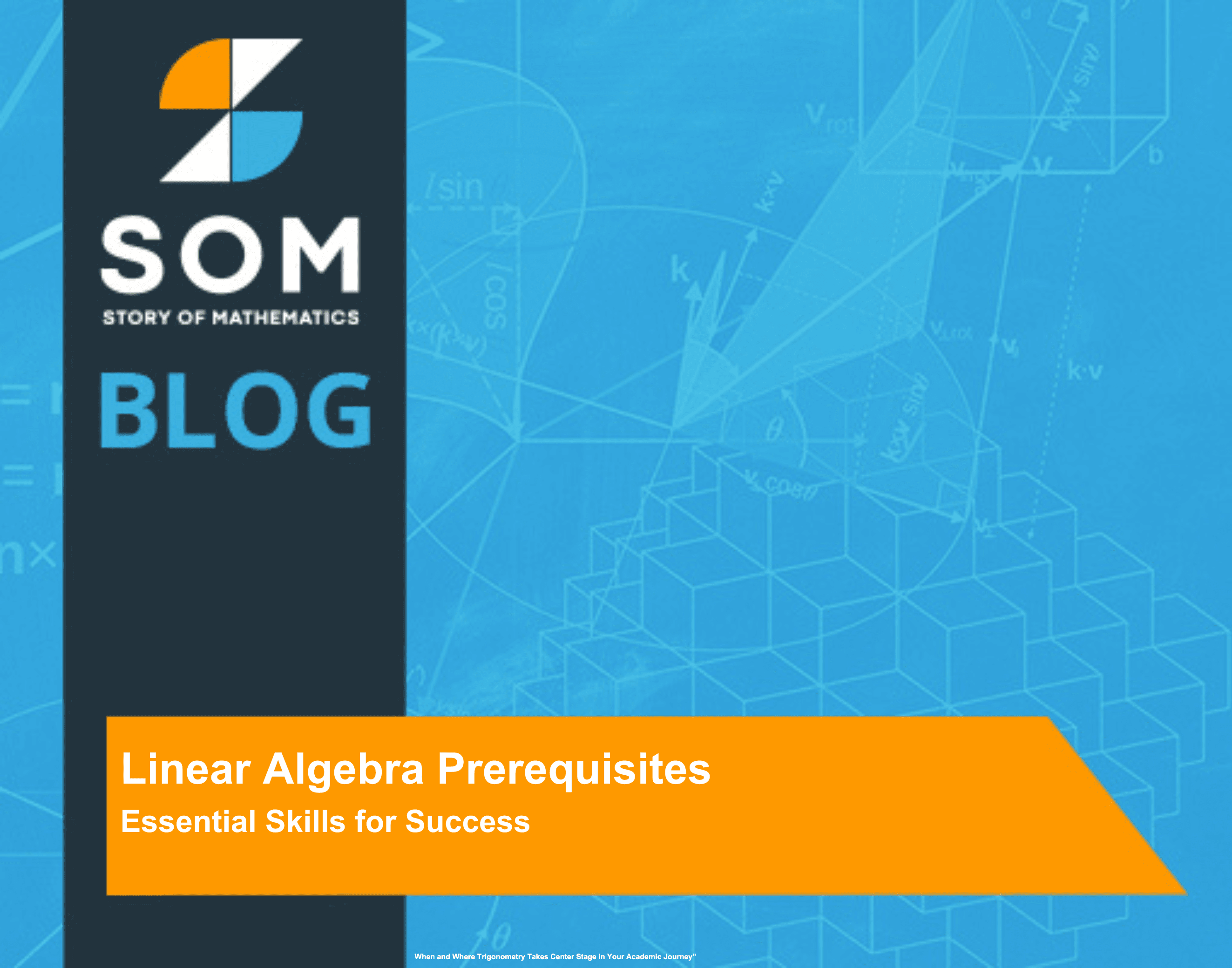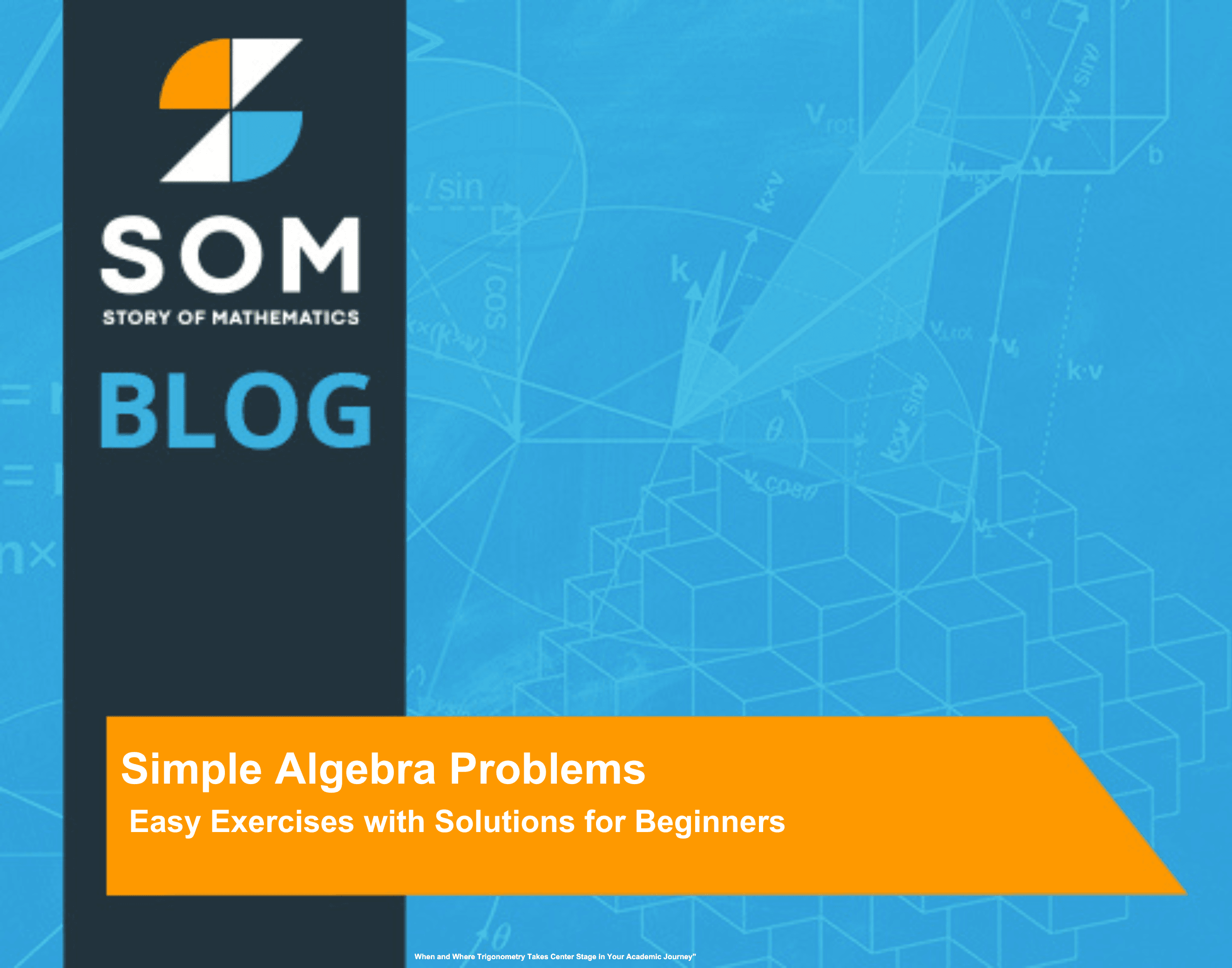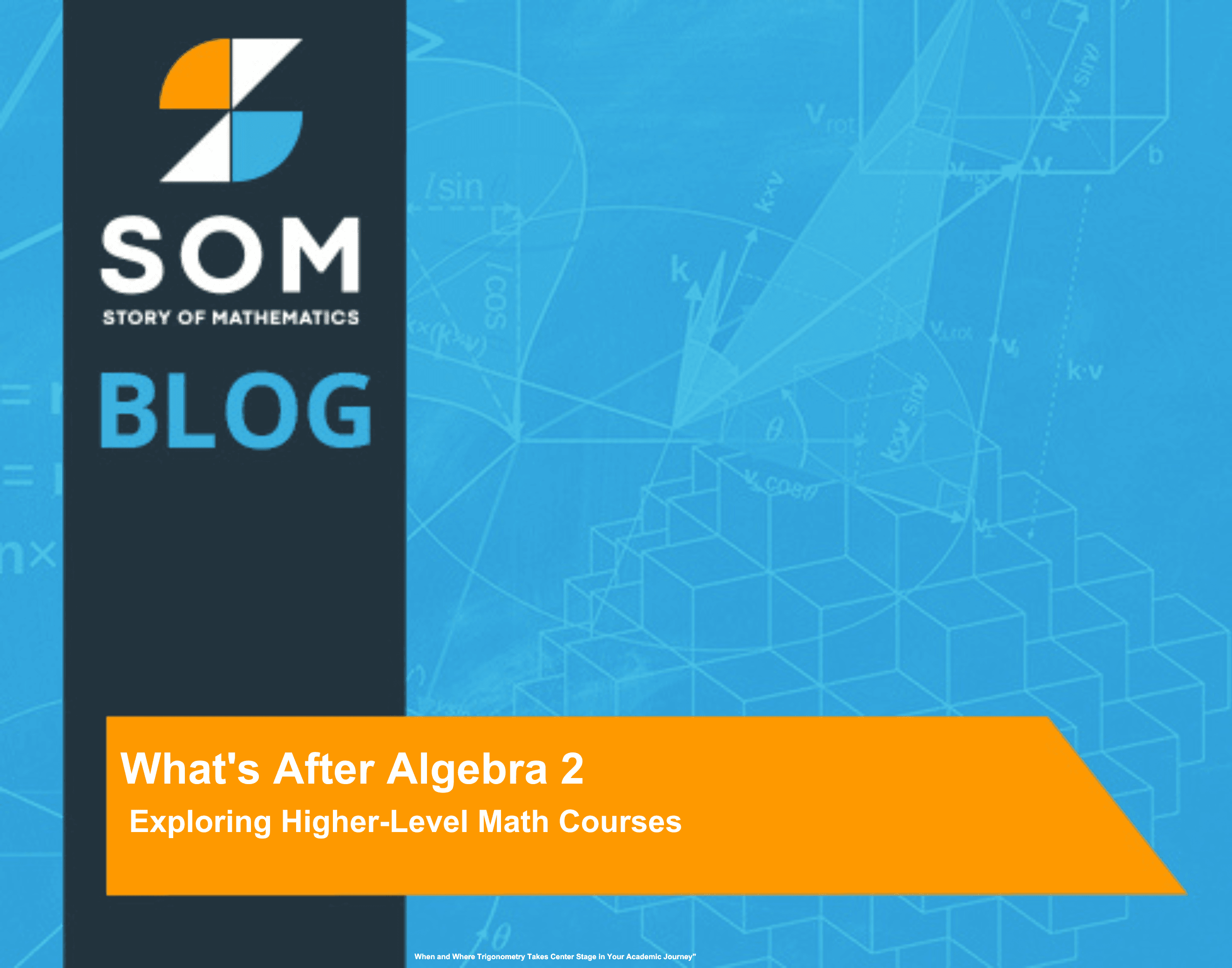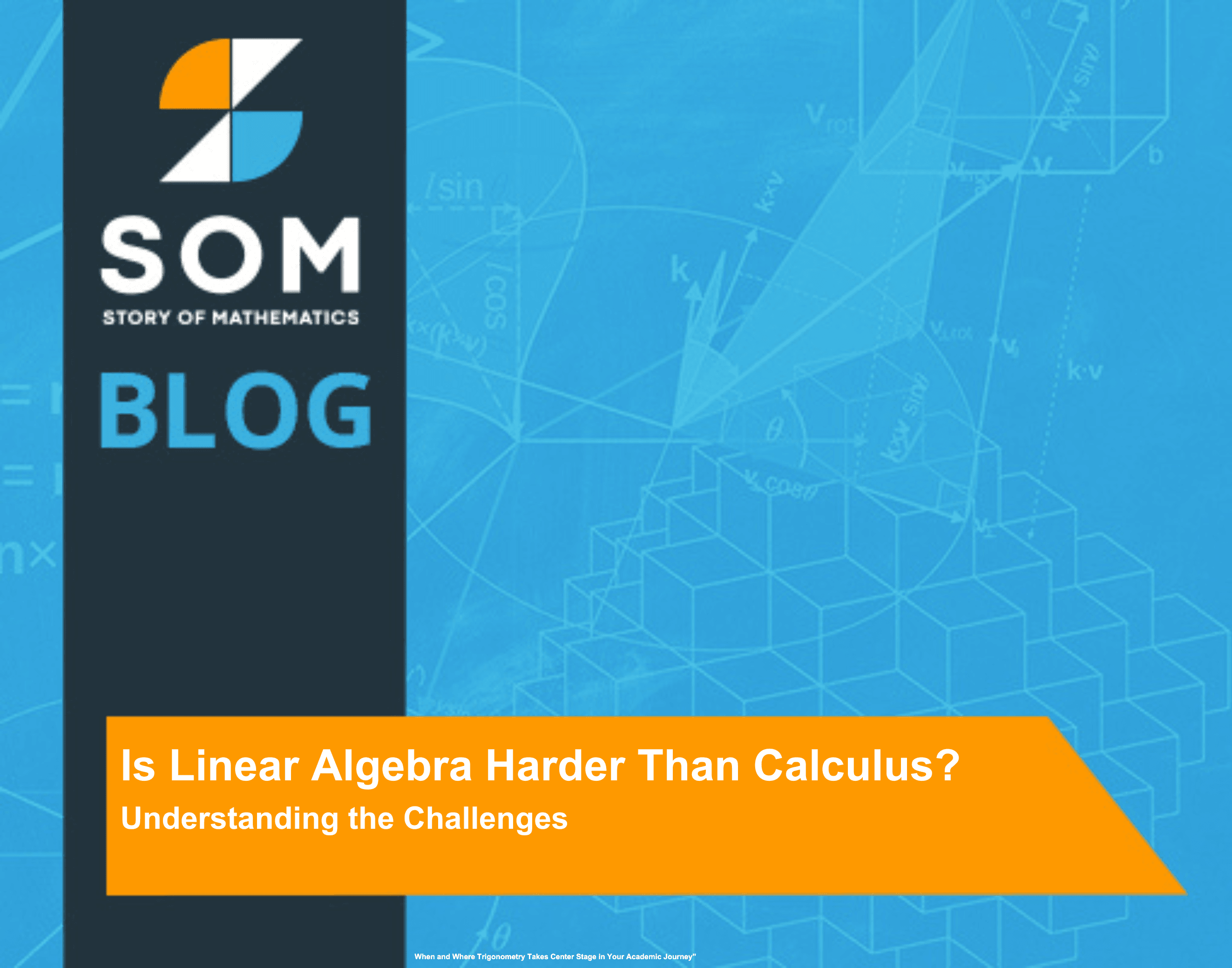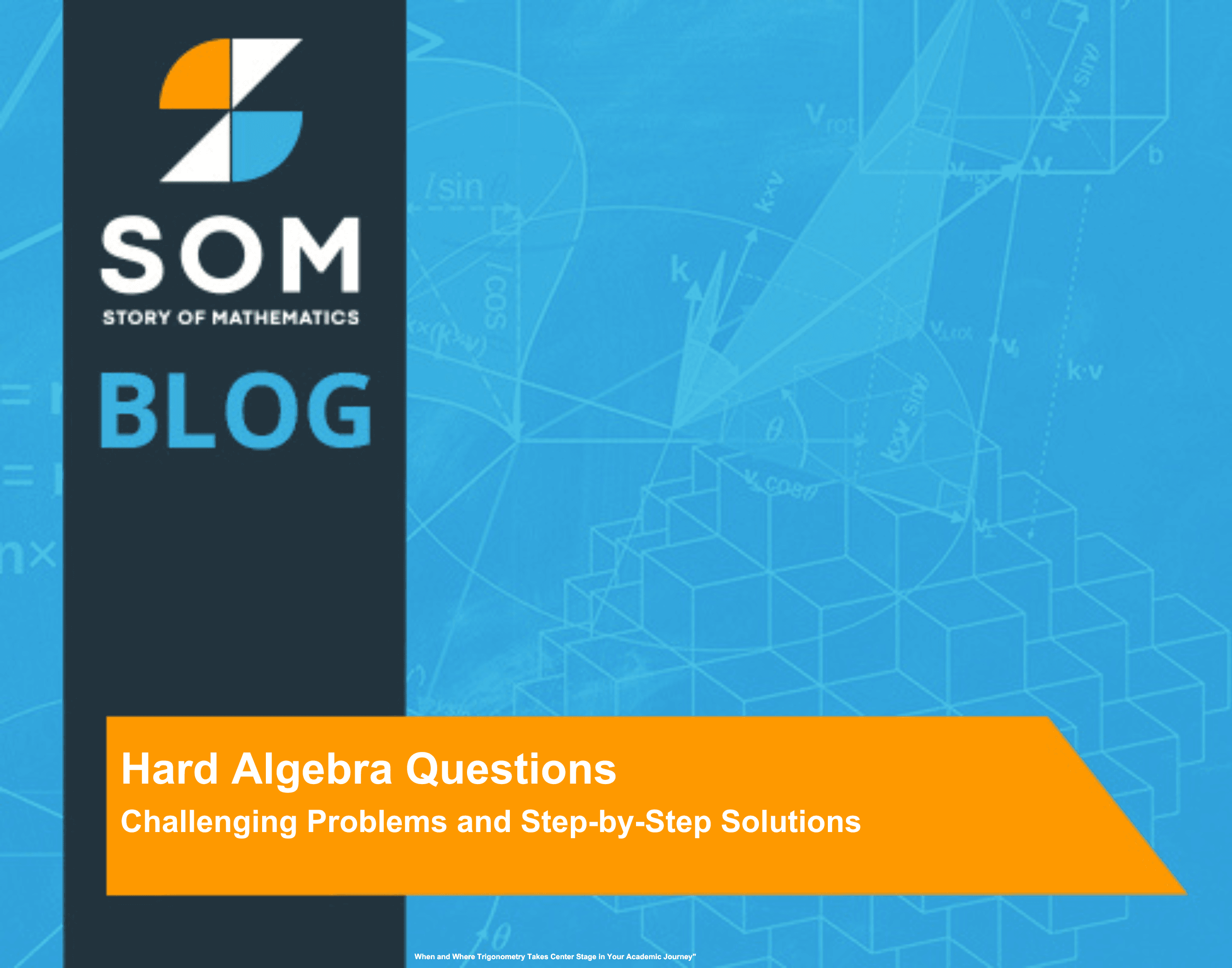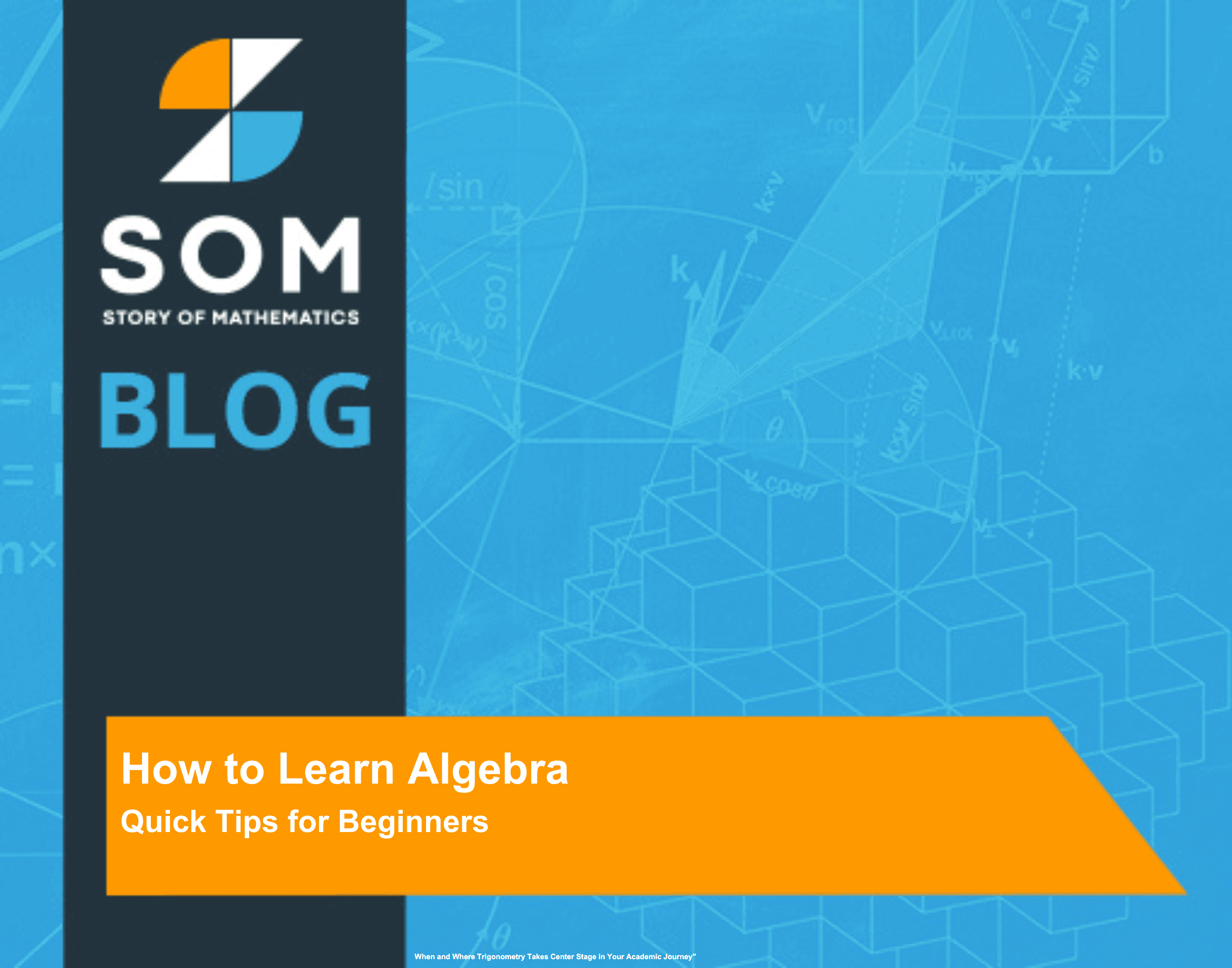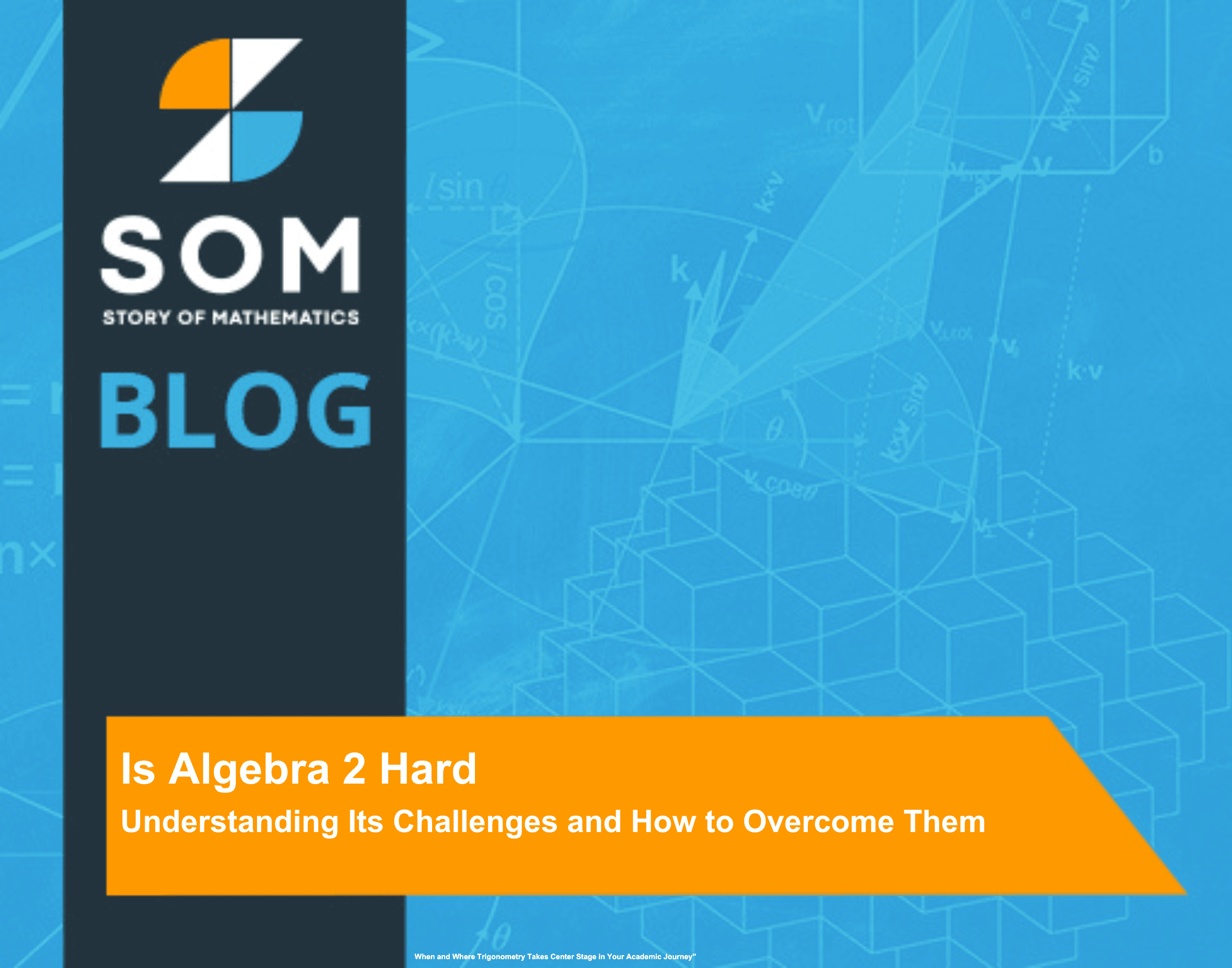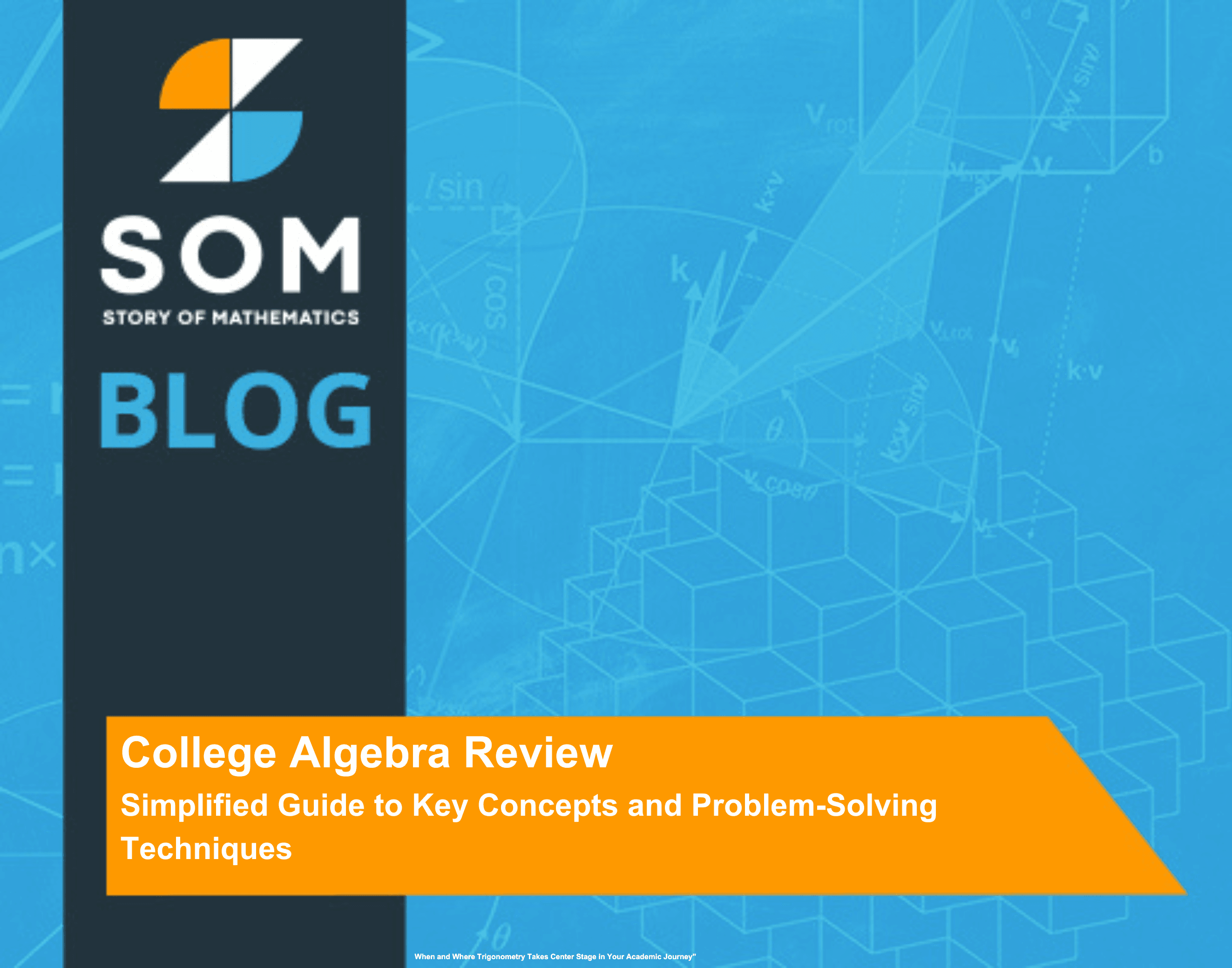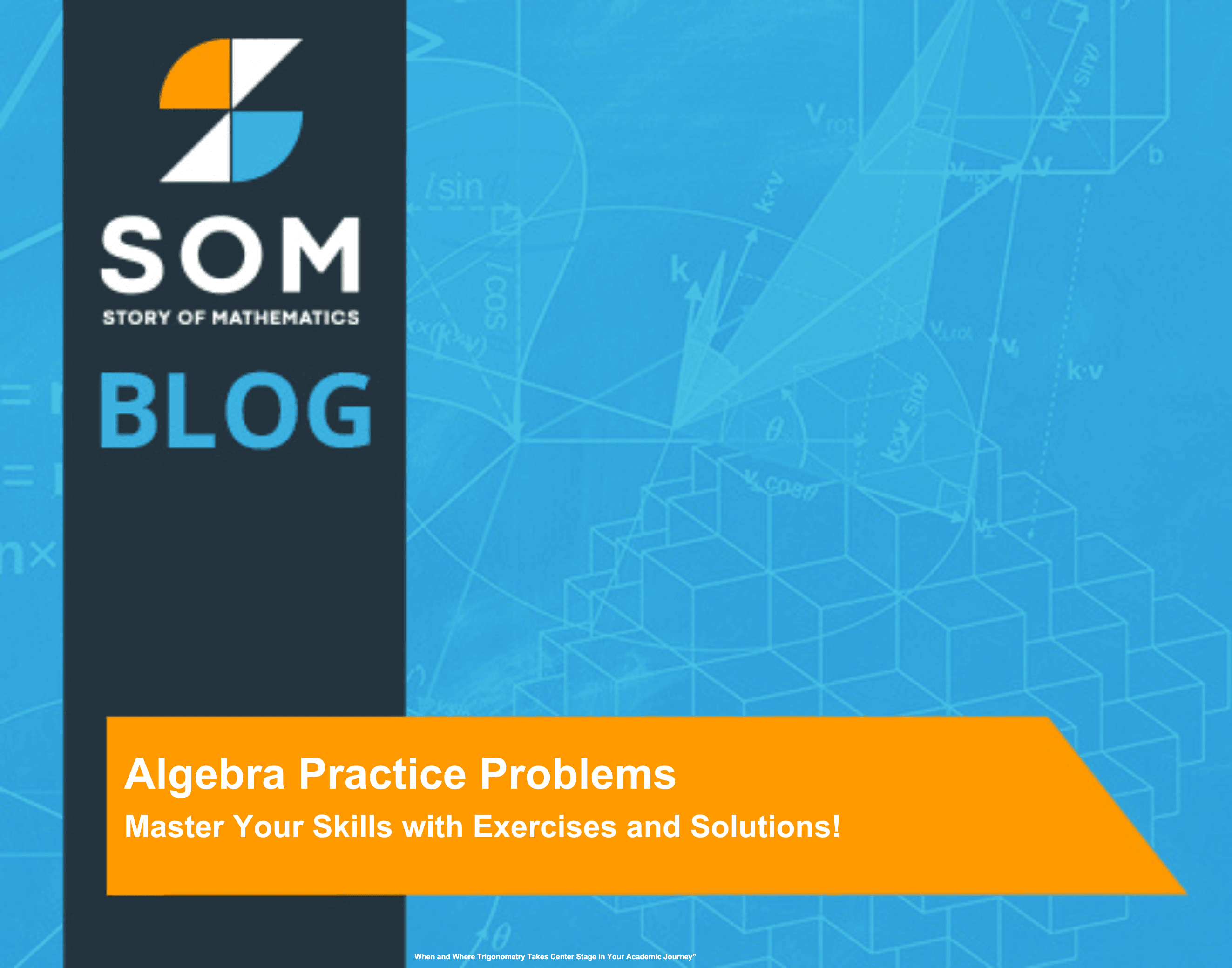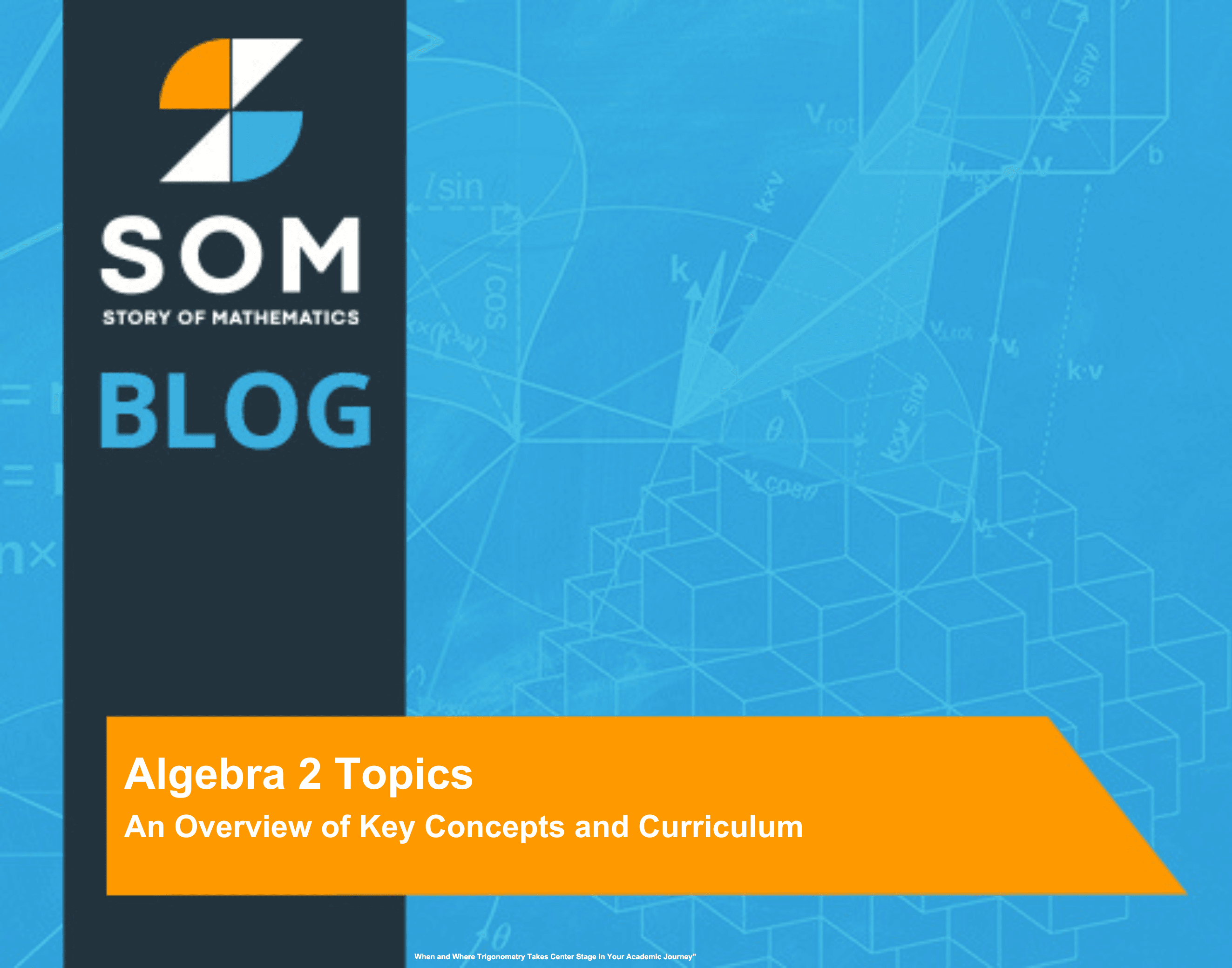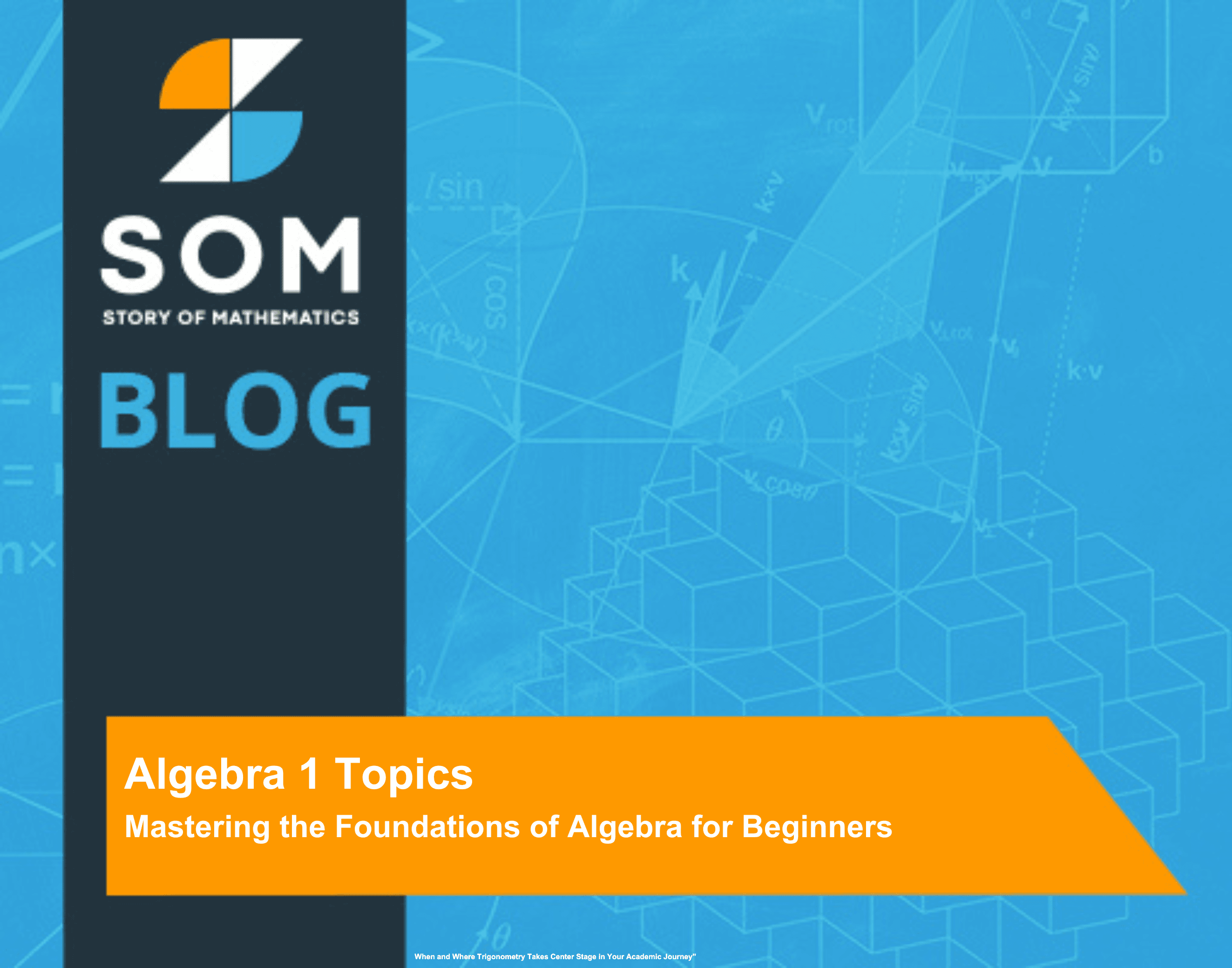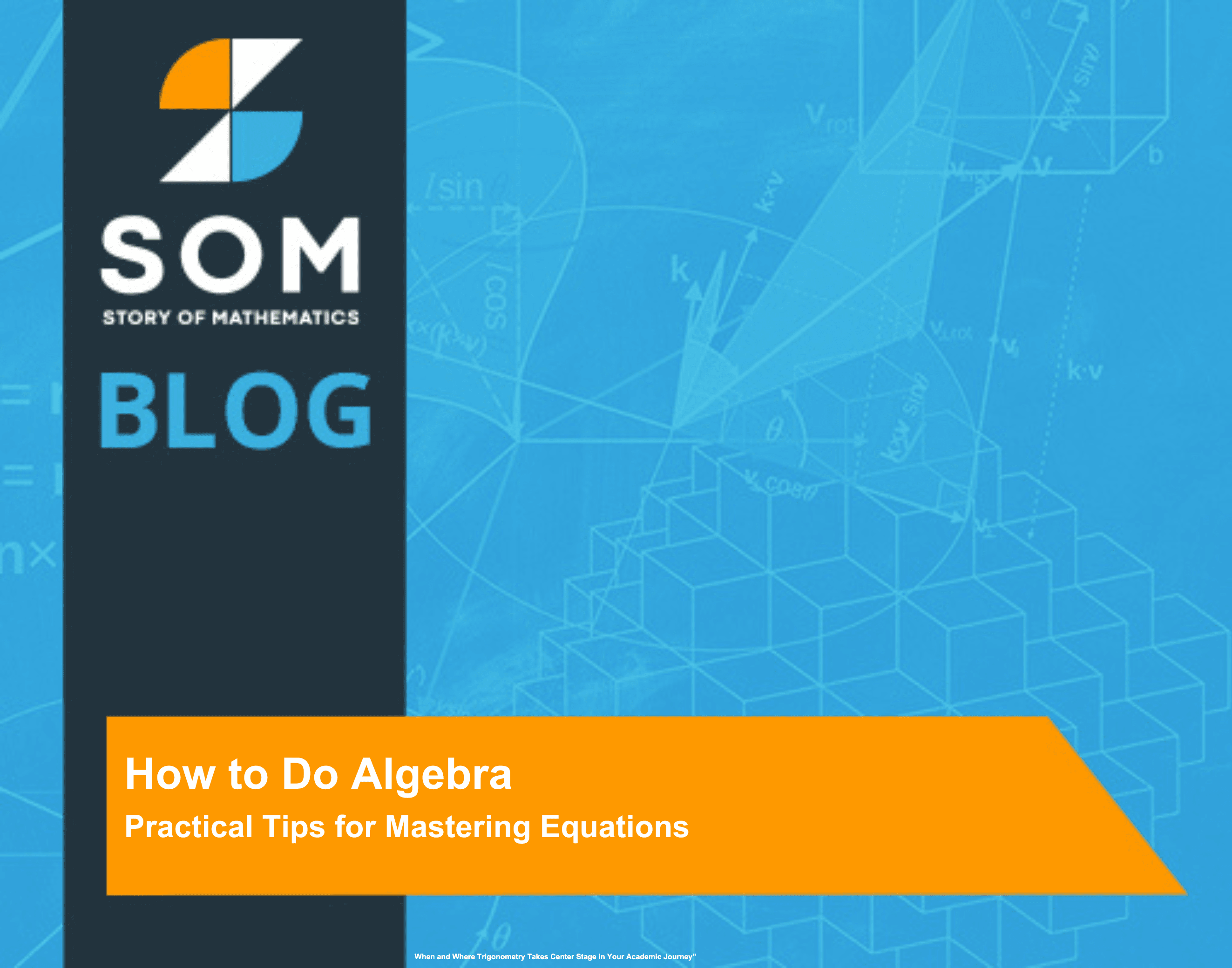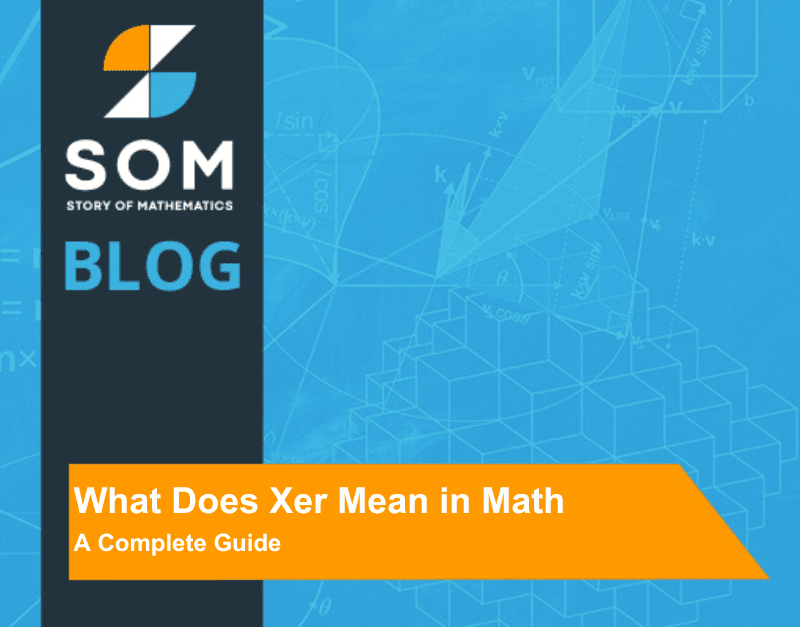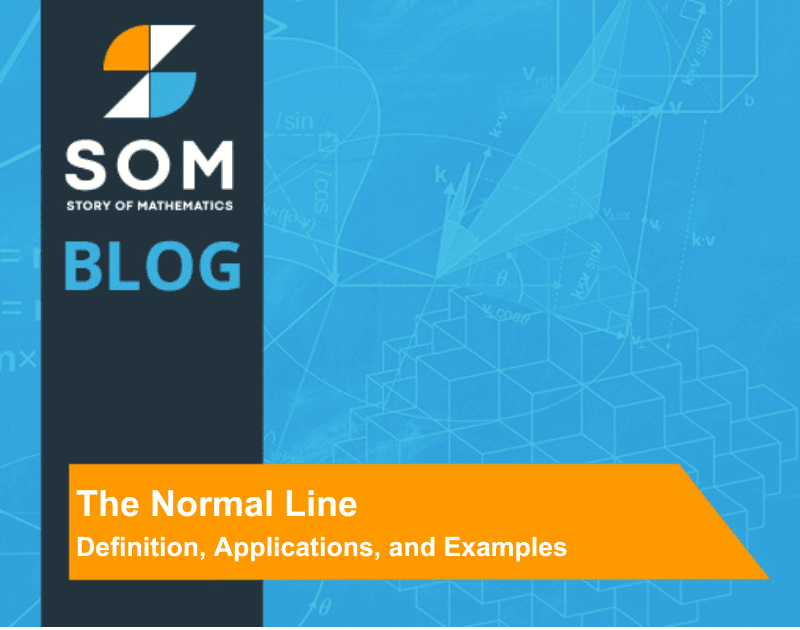To subtract polynomials, you should first recognize that polynomials are algebraic expressions consisting of variables raised to non-negative integer powers, and coefficients. Subtracting one polynomial from another essentially involves dealing with each like term individually. The process is to align corresponding terms, change the signs of the terms of the polynomial being subtracted, and then […]
Category Archives: Algebra
To classify the polynomial equations, I always start by observing the terms. A term consists of a coefficient and a variable raised to a power, which is referred to as its degree. A polynomial might have one or multiple terms, each made distinct by their coefficients or exponents. For instance, in the polynomial $7x^2 + […]
The sum of polynomial functions is the result of adding two or more polynomial expressions, which are algebraic expressions that include variables and coefficients. Polynomials are added by combining like terms, terms that have the same variables raised to the same powers. For example, to add the polynomials $f(x) = 4x^2 + 3x – 5$ […]
To add and subtract polynomials, I first ensure that each term is identified. A polynomial equation consists of one or more terms, where each term includes a coefficient (a numerical part), variable(s), and exponent(s). When adding or subtracting these mathematical expressions, I combine like terms, which are terms with the same variables raised to the […]
To graph polynomials, I always begin by identifying the polynomial function and its degree. The degree gives me valuable insight into the overall shape of the graph. For instance, if I have a second-degree polynomial like $(f(x) = ax^2 + bx + c)$, I know the graph is a parabola. When graphing higher-degree polynomials, such […]
Polynomial long division with remainders is a method for dividing one polynomial equation by another, sharing similarities with the long division algorithm used in arithmetic but tailored for algebraic expressions. In this process, I divide the leading term of the dividend by the leading term of the divisor and work through the polynomials step by […]
To factor polynomials with five terms, I begin by looking for finding common factors and grouping terms in a way that simplifies the expression. Factoring is essential in algebra to reduce expressions to their simplest forms and solve equations efficiently. For a polynomial of the form $a n^4 + b n^3 + c n^2 + […]
To factor a trinomial, one should first understand that a trinomial is a type of polynomial with exactly three terms. Factoring is the process of decomposing the expression into a product of simpler expressions that, when multiplied, give the original trinomial. For instance, the expression $x^2 + 5x + 6$ can be factored as ( […]
To factor polynomials with 4 terms, I first look for any common factors among the terms. If there is a greatest common factor (GCF), I factor it out. If the polynomial does not immediately suggest a GCF, I consider rearranging the terms to see if they can be grouped in pairs that share a factor. […]
To divide polynomials, you should first understand the concept of synthetic division, a shorthand method for dividing a polynomial by a linear binomial of the form (x – c), where (c) is a constant. This technique simplifies the process by allowing you to bypass the more cumbersome traditional long-division approach. It is particularly efficient when […]
Solving linear equations with variables on both sides is a fundamental skill in algebra that I consider essential for understanding a wide range of mathematical and real-world problems. An equation of this sort typically looks like $ax + b = cx + d$, where $x$ is the variable you’re looking to solve for, and $a$, […]
To write linear equations, I first identify the essential components: the slope and the y-intercept. The slope, denoted as ( m ), measures the steepness of the line, while the y-intercept, represented by ( b ), indicates where the line crosses the y-axis. For example, in the slope-intercept form ( y = mx + b […]
To solve linear equations with fractions, I first clear the fractions by finding the least common denominator (LCD) and multiplying each term of the equation by this number. This crucial step transforms the equation into a more straightforward format without fractions, which simplifies the process of isolating the variable. Solving these equations involves the familiar […]
To solve linear equations, I always begin by identifying the variable and the constants within the equation. A linear equation is a mathematical statement that shows the equality of two expressions, often involving a variable that could represent a number. The solution to such an equation is the value of the variable that makes the […]
Boolean algebra is a branch of mathematics I find fascinating for its simplicity and power. Originating from the work of George Boole in the mid-19th century, it represents the backbone of modern digital circuit design and logic. Unlike the traditional algebra which deals with real numbers, boolean algebra revolves around binary variables that can only […]
Linear algebra is an essential tool in computer science, facilitating the development and understanding of several cutting-edge technologies. It provides a framework for managing and manipulating multi-dimensional data structures, which is pivotal in areas like graphics, machine learning, and big data analysis. The discipline’s basic concepts like vectors, matrices, and tensor operations form the bedrock […]
Algebra-based physics is a branch of physics that utilizes algebra, the most basic form of mathematics used to solve physics problems. Unlike calculus-based physics, which requires the understanding of more advanced mathematics including calculus concepts, algebra-based physics focuses on the direct application of algebra to understand various physical phenomena. In an algebra-based physics course, I […]
To use algebra in real life, I first grasp the fundamental concepts of variables and equations. Algebra stretches far beyond the walls of my classroom, seamlessly integrating into my daily routines and responsibilities. It’s the silent partner in my budgeting, where balancing expenses becomes a balancing act of numbers. In my career, algebra unlocks a […]
Linear algebra is a foundational field of mathematics that interlinks algebra and geometry. At its core, it involves the study of vectors, vector spaces, linear mappings, and systems of linear equations. The use of matrices is central in linear algebra; they serve as a powerful tool for solving systems of equations and performing various transformations. […]
Pre-algebra is an essential branch of mathematics that serves as the foundation for higher-level courses in mathematics. As a student moves towards high school, the skills and concepts learned in this phase become crucial building blocks for success in algebra and beyond. Pre-algebra encompasses a broad range of topics that include basic arithmetic operations, factors […]
Geometry and algebra are two fundamental branches of mathematics, each with its unique challenges and applications. In geometry, I explore shapes, their properties, and the spatial relationships between them, which often involves a fair amount of visualization and memorization of theorems and formulas. In contrast, algebra is the language of patterns and relationships among numbers, […]
The substitution method in algebra is a powerful tool for solving systems of equations. When I encounter two equations with two unknown variables, I can use this method to solve for both variables by isolating one variable in one equation and then substituting the result into the other equation. For example, if I have the […]
Intermediate algebra is the branch of mathematics that lies between basic algebra and advanced mathematical studies, such as calculus. In my studies, I’ve found that it solidifies and builds upon the foundational algebraic concepts learned in elementary algebra, like solving equations and inequalities. My journey in intermediate algebra introduced me to working with integers, fractions, […]
To factor in algebra, I usually start by identifying the greatest common factor of the terms within an expression. For example, if I come across an expression like $3x^2 + 6x$, I can pull out a $3x$ to get $3x(x + 2)$. Factoring is an essential skill in algebra as it simplifies expressions and solves […]
The algebra 2 is often perceived as a challenging leap from its predecessor, Algebra 1, primarily because it builds on the foundation laid by the first course to introduce more complex mathematical concepts. In Algebra 1, I focused on the basics like solving linear equations, working with inequalities, and grasping the fundamentals of functions. Progressing […]
In algebra, ‘x’ is commonly used as a symbol to represent a variable, which is a value that can change or that is not yet known. I often think of variables as placeholders in mathematical expressions or equations that can be replaced by a number. For example, if we have the equation ( x + […]
Algebra and calculus stand as the twin pillars within the kingdom of mathematics, each with its distinctive methods and profound implications. From my experience, approaching algebra is akin to learning a language—a set of rules and operations to manipulate variables and solve equations. On the other hand, wandering into the territory of calculus means embracing […]
College algebra is an advanced mathematics course that typically follows high school algebra. It plays a crucial role in the comprehension of higher-level math concepts and practical problem-solving. The main topics of college algebra include polynomials, functions, rational expressions, and equations—linear and quadratic. Additionally, it encompasses complex numbers, exponents, inequalities, and graphs, providing students with […]
Linear algebra is a fundamental branch of mathematics that underpins many areas of sciences, engineering, economics, and computer science due to its powerful framework for dealing with vectors and matrices. At its core, linear algebra deals with concepts such as vector spaces, linear transformations, and systems of linear equations, which are critical for understanding and […]
For instance, solving the equation (3x = 7) for (x) helps us understand how to isolate the variable to find its value. I always find it fascinating how algebra serves as the foundation for more advanced topics in mathematics and science. Starting with basic problems such as ( $(x-1)^2 = [4sqrt{(x-4)}]^2$ ) allows us to […]
The Algebra 2 is commonly the final course in the sequence of high school algebra, laying the groundwork for higher-level math classes. In my high school journey, mastering Algebra 2 was a pivotal moment because it signified a readiness to tackle more abstract and complex mathematical concepts. Topics such as linear equations, polynomials, and exponential […]
No, college algebra is not inherently difficult, though it can present challenges to some students. The course serves as a crucial foundation for advanced mathematics and many science degrees, requiring an understanding of essential algebraic concepts. With adequate preparation and a dedication to practice, students generally can overcome the hurdles it poses. For those who […]
Yes, for many students, linear algebra can be perceived as harder than calculus. This sentiment often stems from the fact that linear algebra shifts away from the numerical calculations and computational focus of calculus to a more abstract territory of mathematics. In calculus, I am usually dealing with the concrete processes of differentiation and integration, […]
Algebra is a fundamental branch of mathematics that deals with symbols and the rules for manipulating these symbols. In its most basic form, it is about finding the unknowns or the variables within equations. As a student progresses, the questions in algebra can evolve from simple linear equations to more complex problems involving multiple steps, […]
In algebra, I’m essentially learning a new language that describes relationships between these variables and constants in the form of equations. For example, to solve for x in an equation like ( x + 3 = 7 ), I perform basic arithmetic to isolate x, resulting in ( x = 4 ). I remember that […]
Yes, Algebra 2 can be challenging. It is a significant step up from Algebra 1, introducing students to a range of new and more complex concepts. As part of the high school curriculum, Algebra 2 often requires a solid understanding of previous math courses, as it builds upon that foundation with advanced functions, polynomials, and […]
College algebra is a branch of mathematics that focuses on the principles and techniques necessary to tackle a variety of complex problems in both pure and applied mathematics fields. My review of college algebra topics will explore the foundational elements, including algebra essentials which form the basis for further study in any mathematical-related discipline. This […]
Algebra is a fundamental branch of mathematics that deals with symbols and the rules for manipulating these symbols. It’s a powerful tool that allows us to solve for unknown variables and understand various mathematical relationships. To master algebra, practicing problems and going through their solutions is crucial. It’s a bit like learning to play an […]
The Algebra 2 is an advanced high school mathematics course that builds on the foundation laid by Algebra 1, diving deeper into algebraic concepts. This course often includes the polynomial arithmetic, where students learn to manipulate polynomials through addition, subtraction, and multiplication. A significant focus is also on the study of functions, which encompasses understanding […]
The Algebra 1 is a critical stage in our educational journey, especially during middle school and high school, where we lay down the groundwork for advanced mathematics. This branch of math introduces us to the concept of using letters and symbols to represent numbers in equations and formulas—a fundamental skill that carries through other levels […]
To do algebra, we should first strengthen our foundation in basic arithmetic operations, such as addition, subtraction, multiplication, and division. Understanding these core concepts is crucial because algebra builds upon them, introducing variables that represent numbers. As we begin our journey in algebra, it’s essential to foster confidence along the way, which comes from practice […]
Linear algebra often presents a notable challenge for many students, especially those encountering it for the first time at university level. We recognize it as a fundamental branch of mathematics, pivotal for various STEM fields like engineering and physics. Its reputation for being difficult primarily stems from the abstract nature of the concepts involved—such as […]
In my experience, learning algebra is not just about adopting new mathematical tools, but also about changing my approach towards problem-solving. This transition can be difficult, as it requires a certain level of mental flexibility, which comes from consistent practice and patience. Furthermore, the role of education and teaching plays a significant part in cultivating […]
The Percentage of any given real number is defined as the relative real value which represents the hundredths parts of that given real number. It is represented by the symbol “%”. One Percent (expressed as 1%) corresponds to the hundredth part. Fifty Percent (expressed as 50%) corresponds to half of the given quantity and Hundred […]
What Does Xer Mean in Math? In mathematics, “xer” means an element that is neither a member of a given set nor outside of it, often used to resolve paradoxes related to self-reference in set theory, notably Russell’s Paradox. In the labyrinthine world of mathematics, where symbols and notations hold profound significance, there exists a […]
This article aims to illuminate the normal line, demystifying their theoretical origins, practical applications, and the sublime beauty inherent in their geometric simplicity. Definition of the Normal Line In geometry, the normal line is perpendicular to a given line, plane, or surface at a specific point of contact. When the context involves a curve or […]
This article aims to dive deep into monotonic sequences, demystifying their concept, properties, and significance in mathematical theory and its practical applications. Whether you’re a mathematics enthusiast or a curious learner, this exploration of monotonic sequences promises to enrich your understanding and appreciation of this intricate mathematical construct. Defining Monotonic Sequence In mathematics, a sequence […]
In the realm of mathematical analysis, determining whether a series converges or diverges is a fundamental question. The p-series test provides a valuable tool for investigating the behavior of a specific type of series known as the p-series. This article delves into the definition of the p-series, explores its properties, and provides a comprehensive understanding […]
Our journey through this article will illuminate the nuances of e^infinity ($e^∞$), shedding light on its mathematical implications, its role in defining the boundaries of mathematical growth, and its wide-ranging applications in science and engineering. Whether you are a veteran mathematician, an enthusiastic STEM student, or simply a curious intellect seeking to unravel mathematical marvels, […]
The domain and range of radical functions are the possible input and output values of the function. If $f(x)$ is a radical function, then all the possible input values are the domain of the function while all the possible outputs are the range of the function. In this complete guide, we discuss in detail how […]

